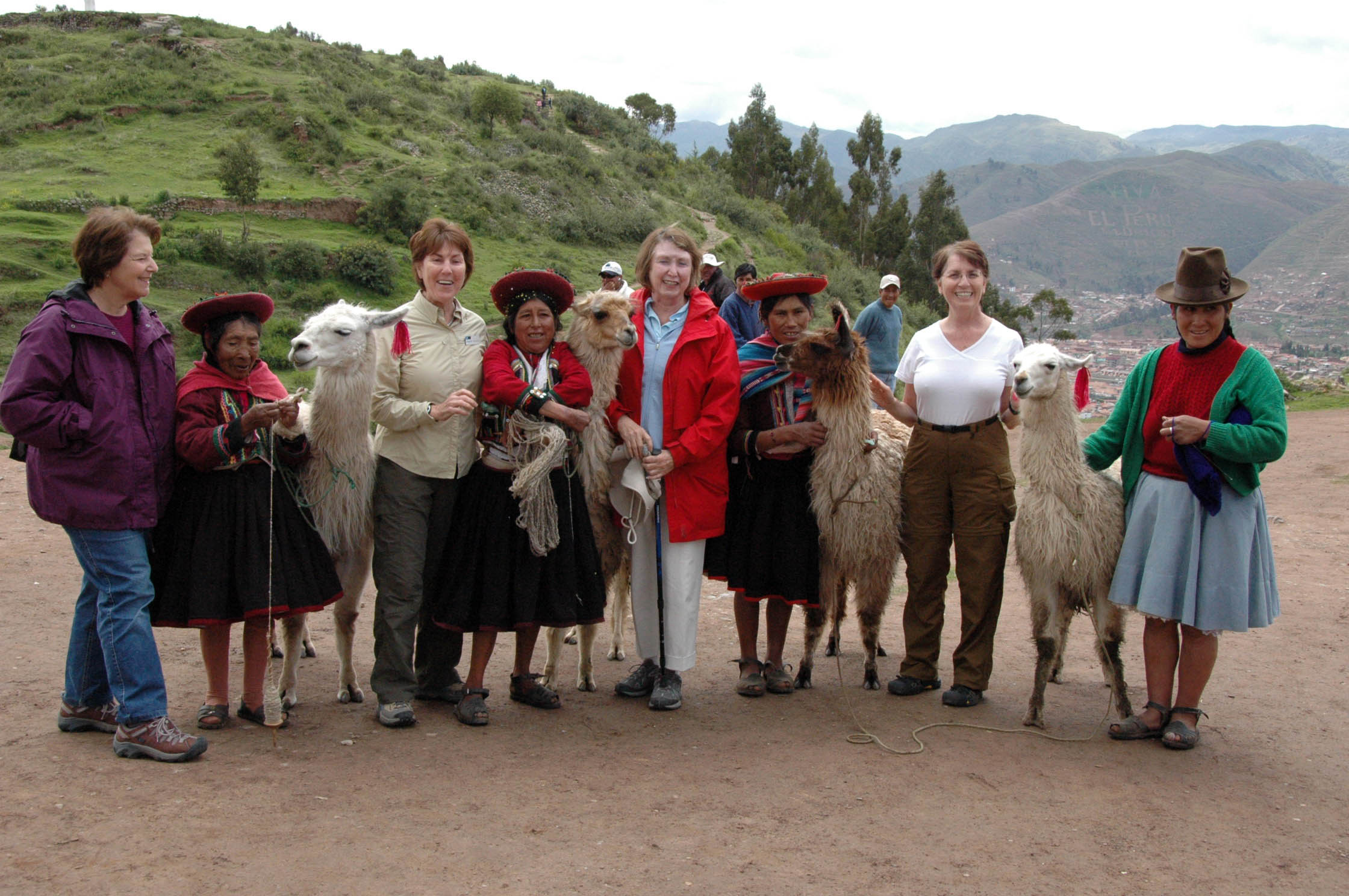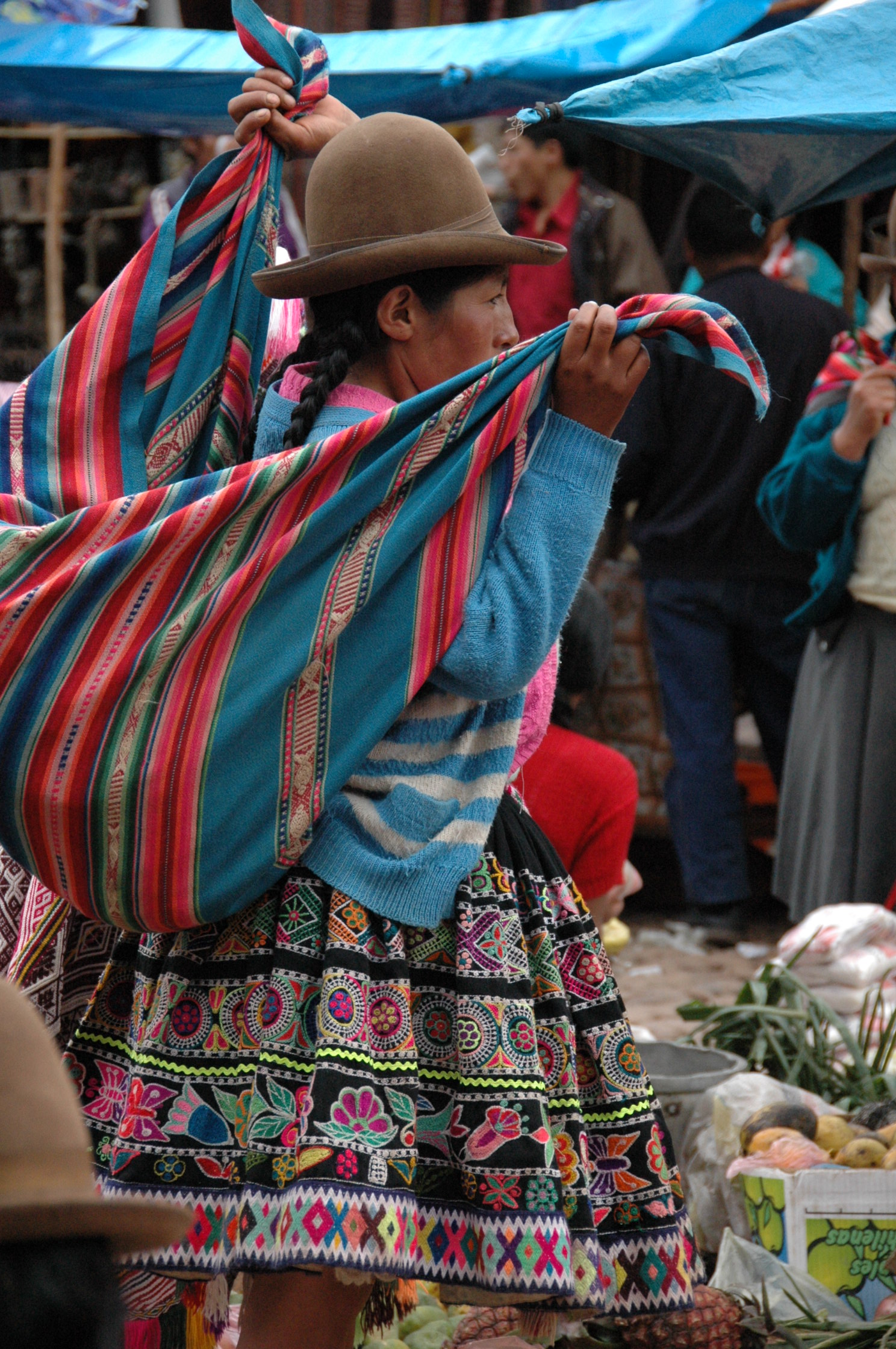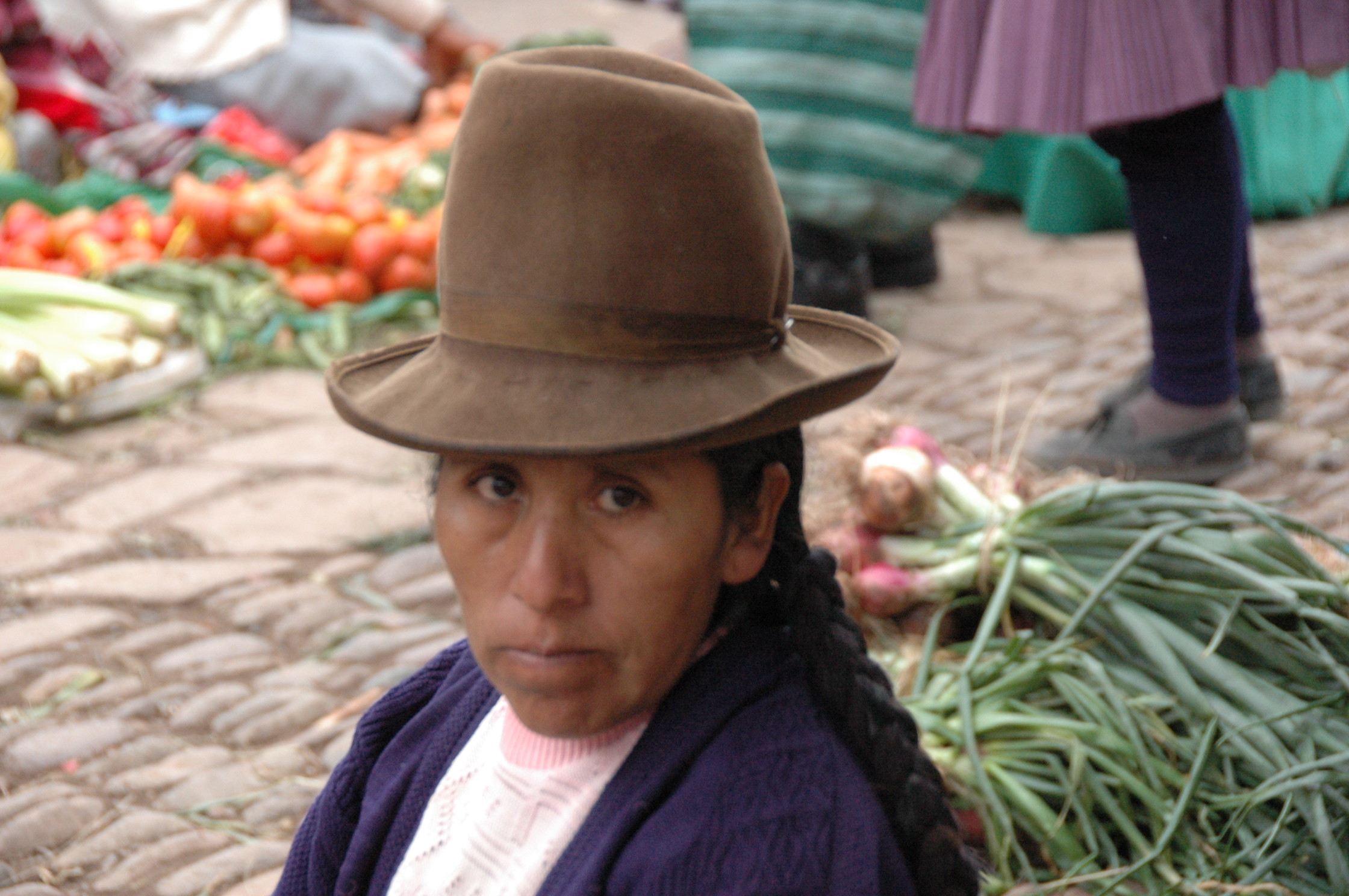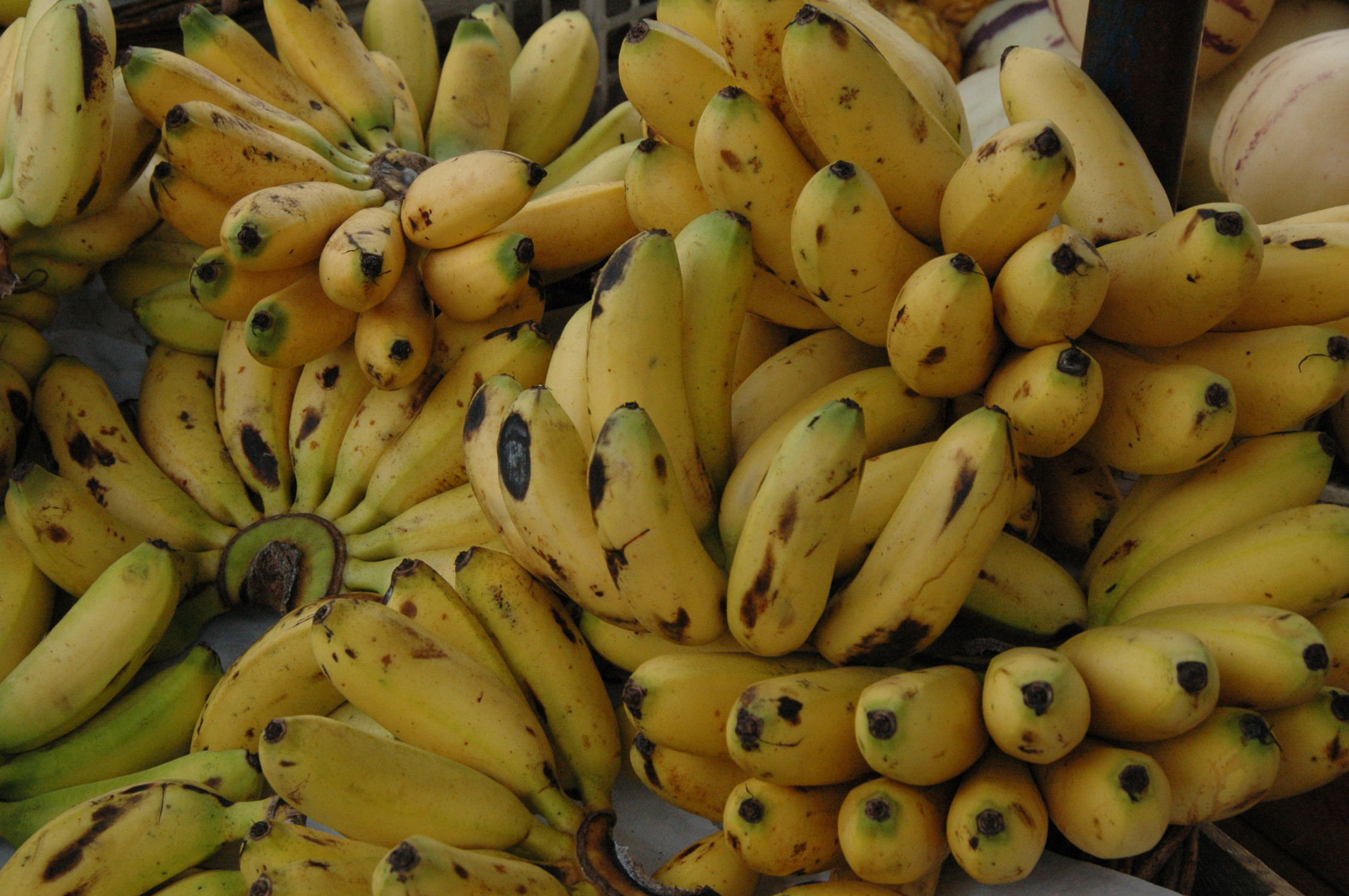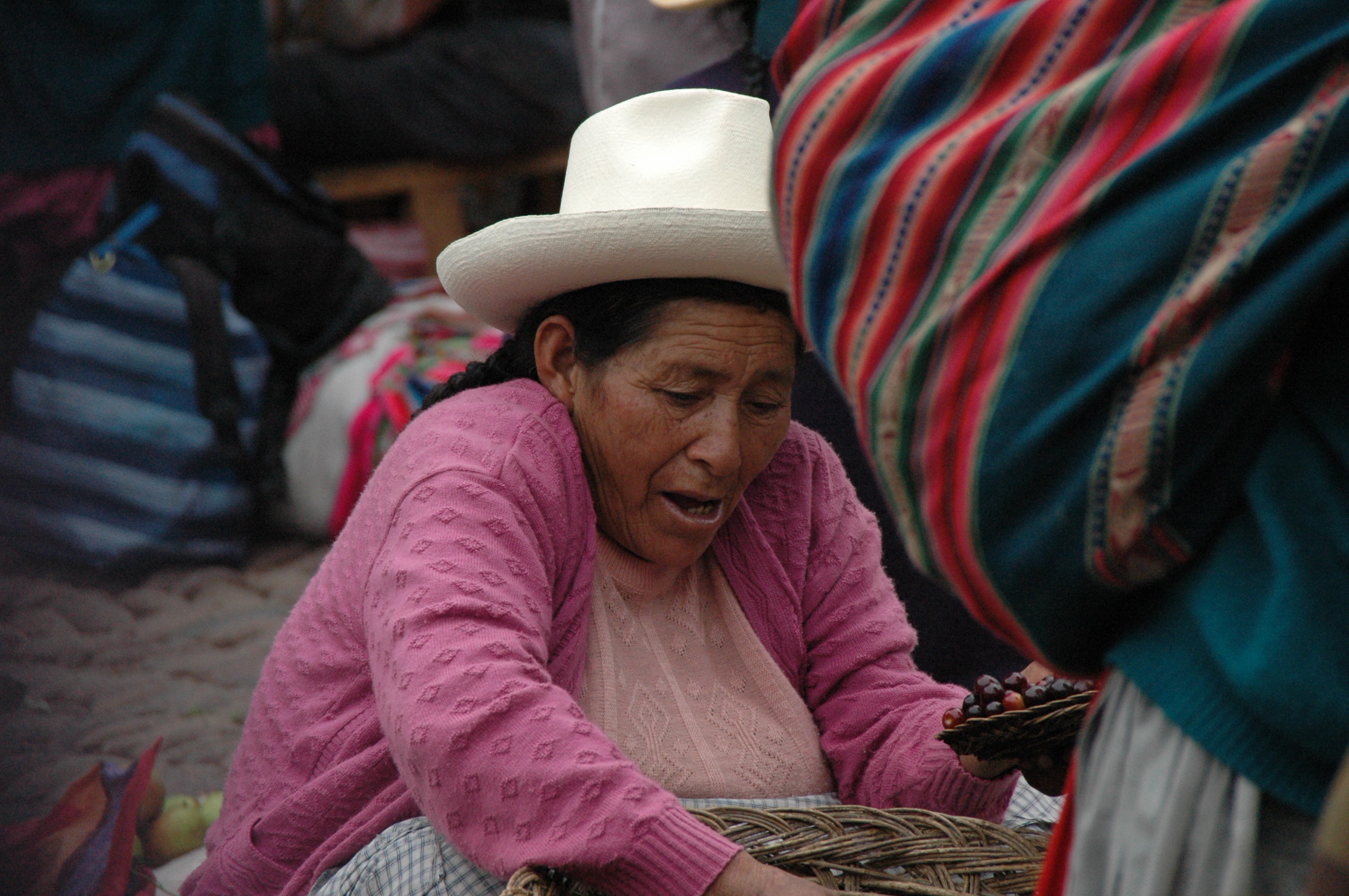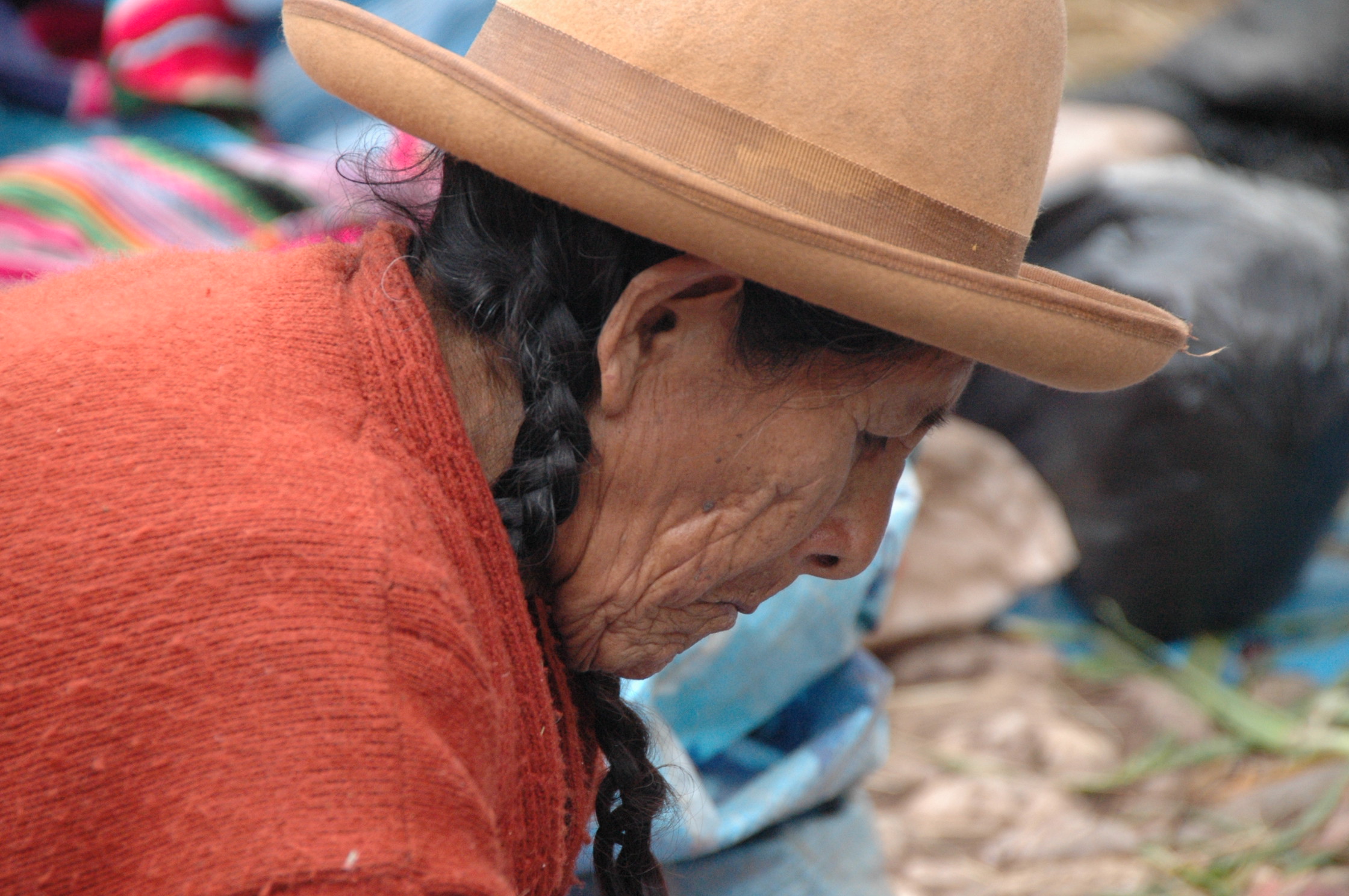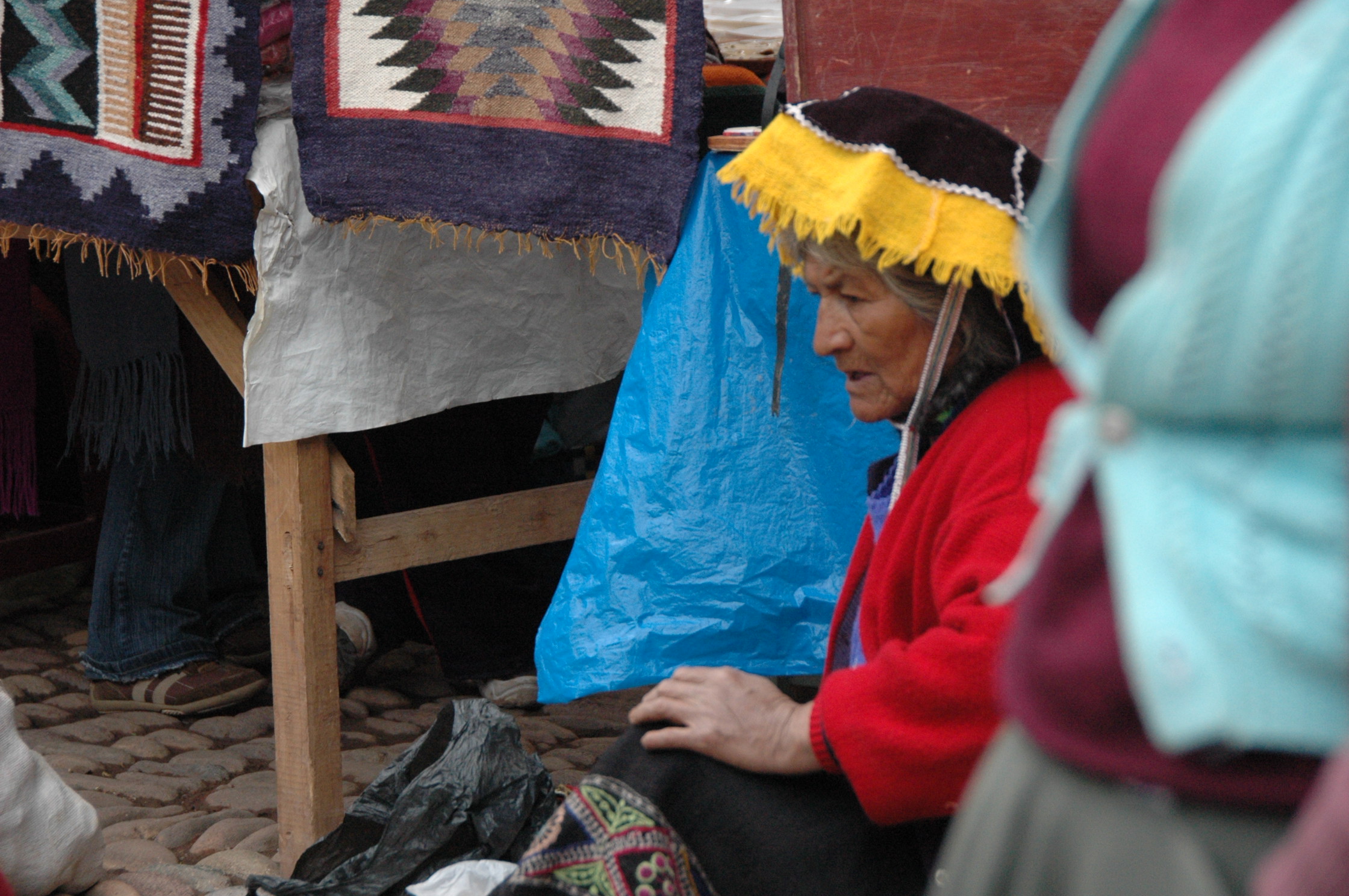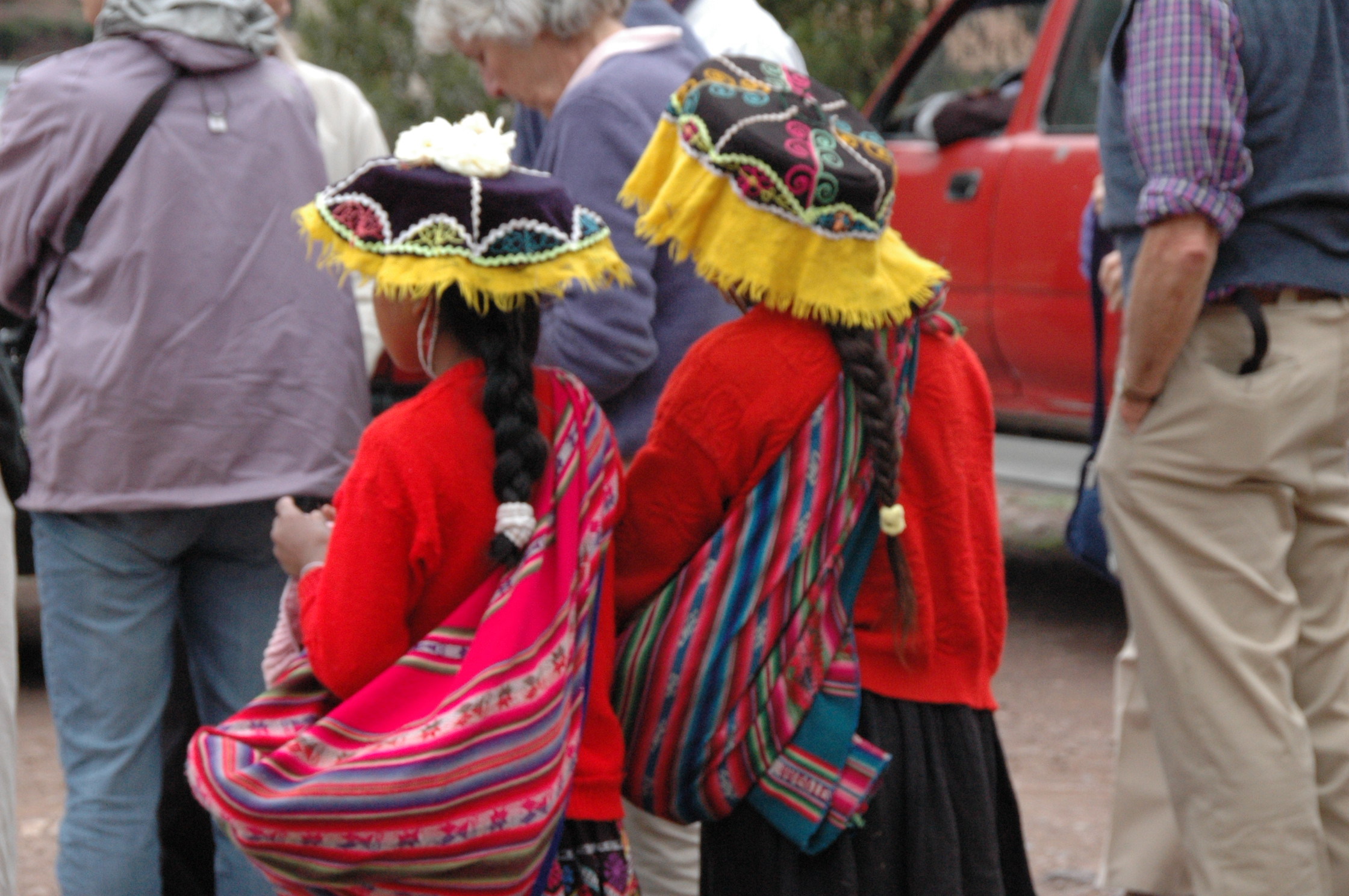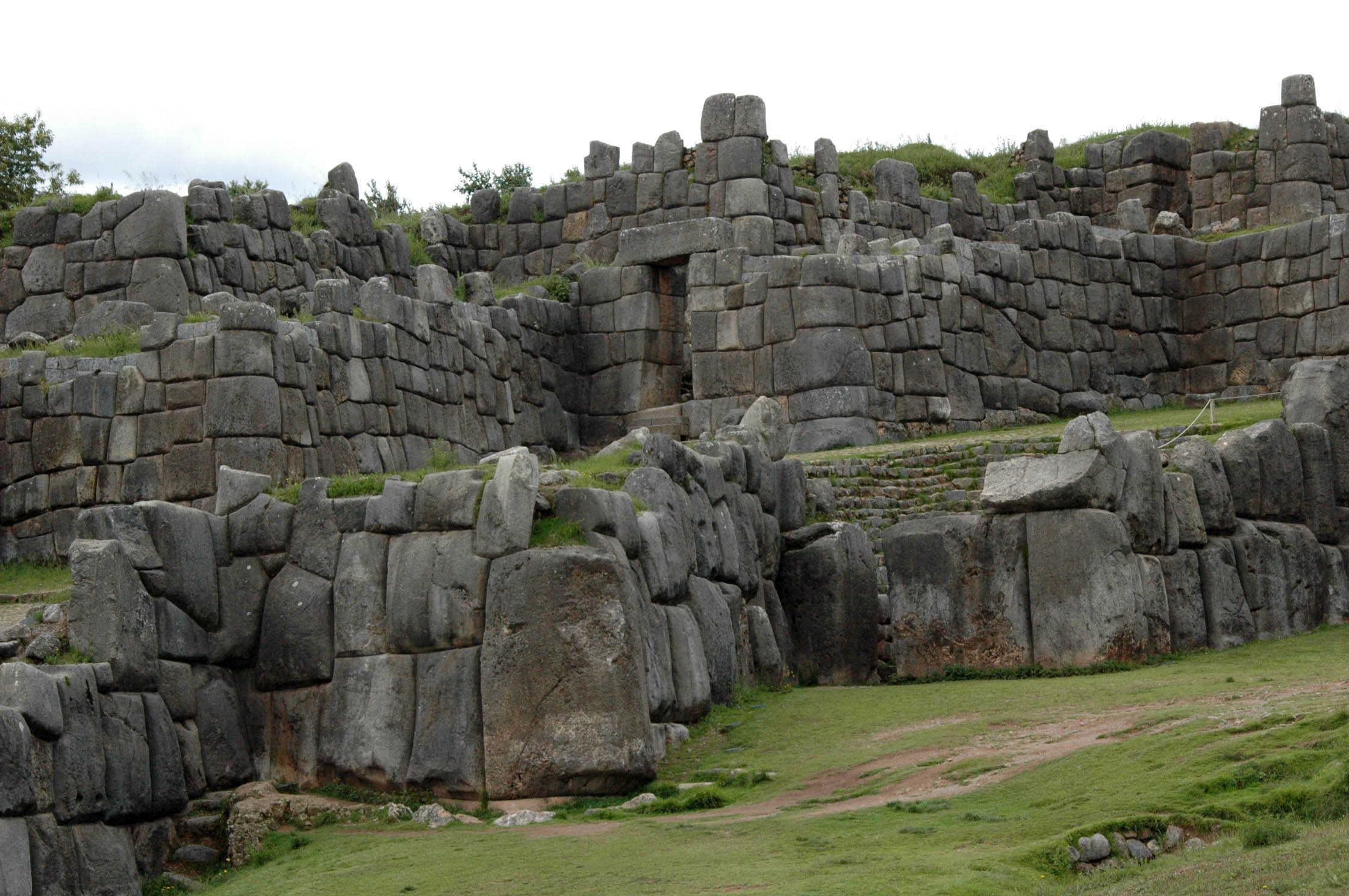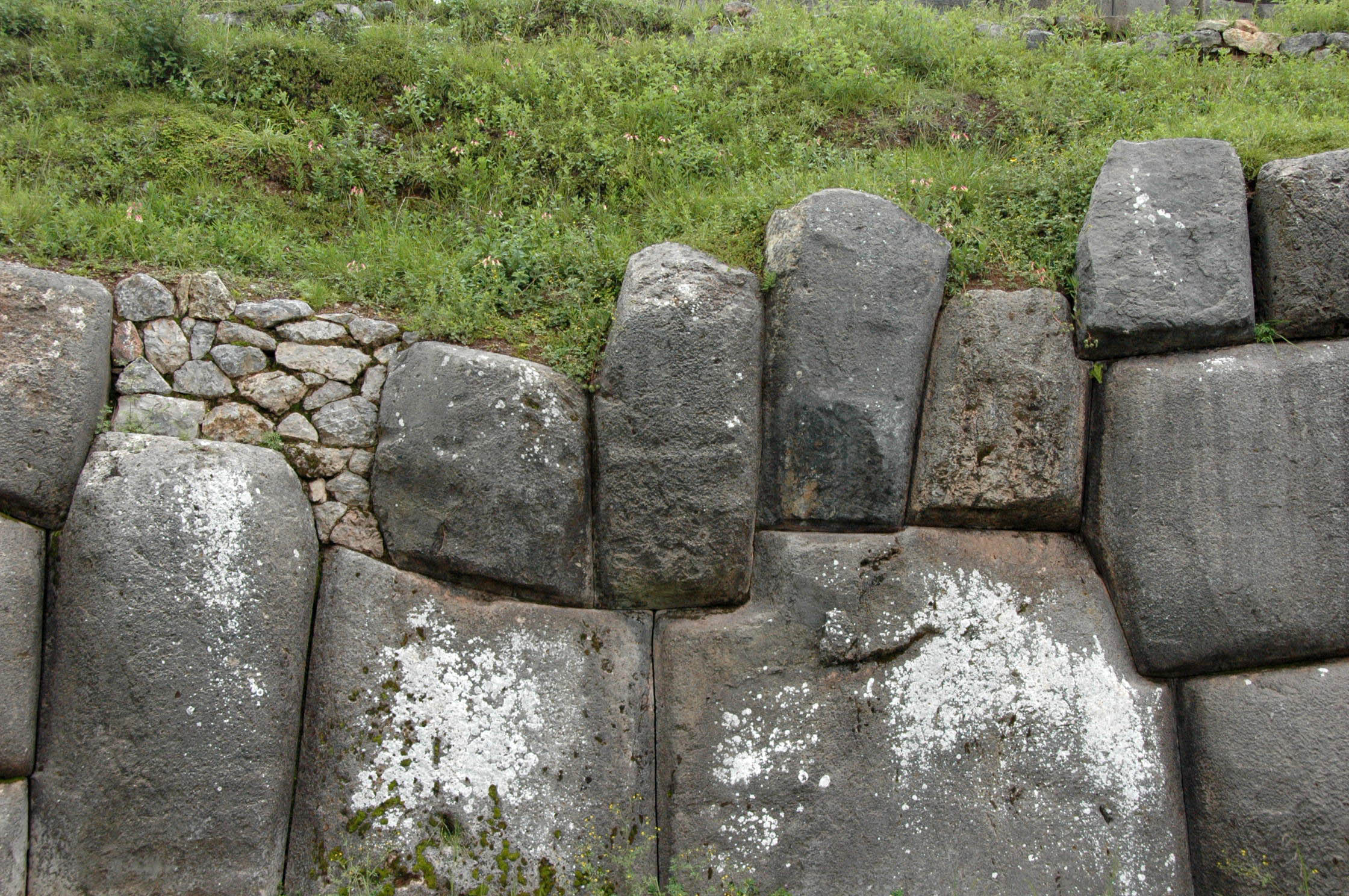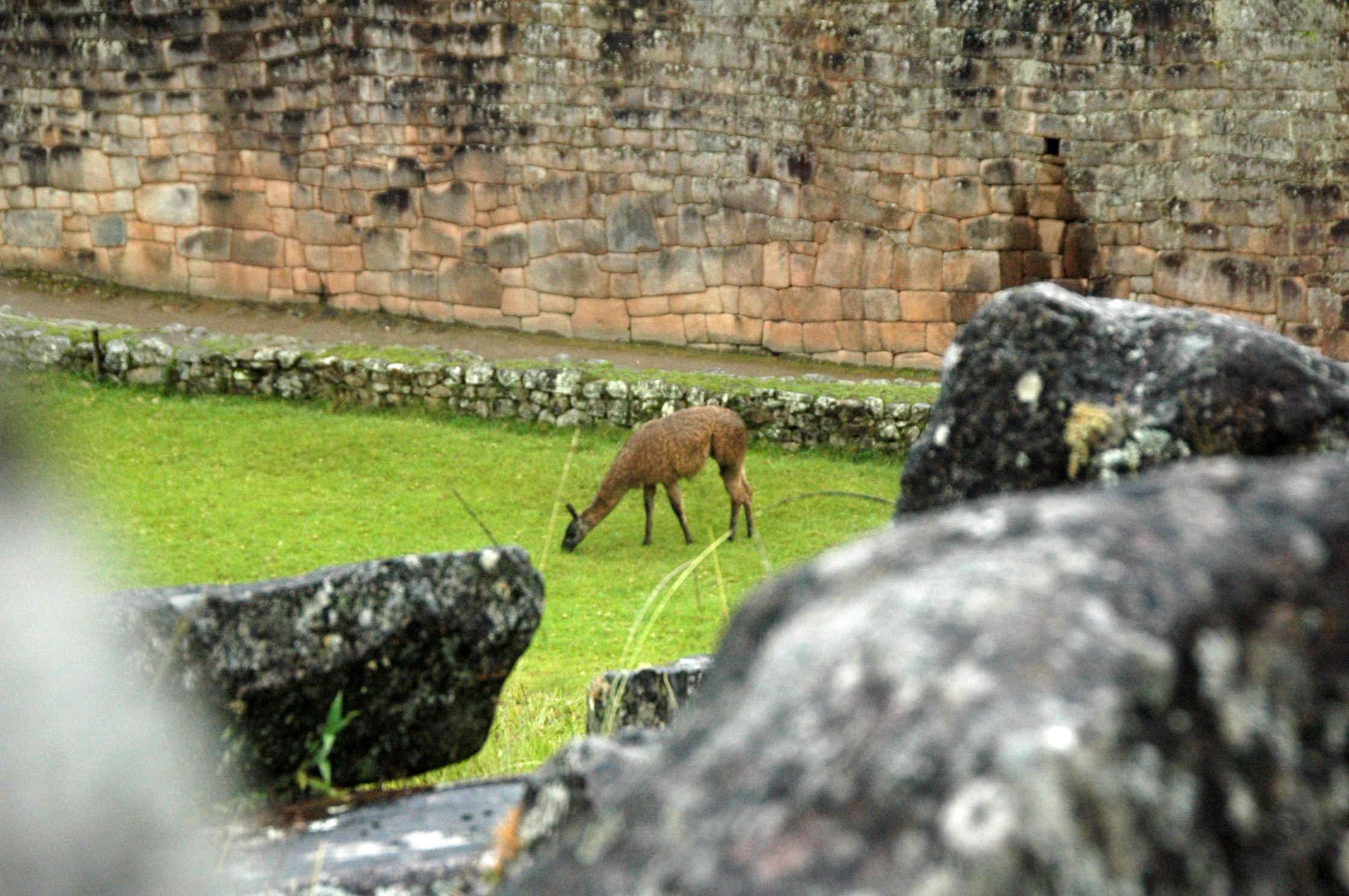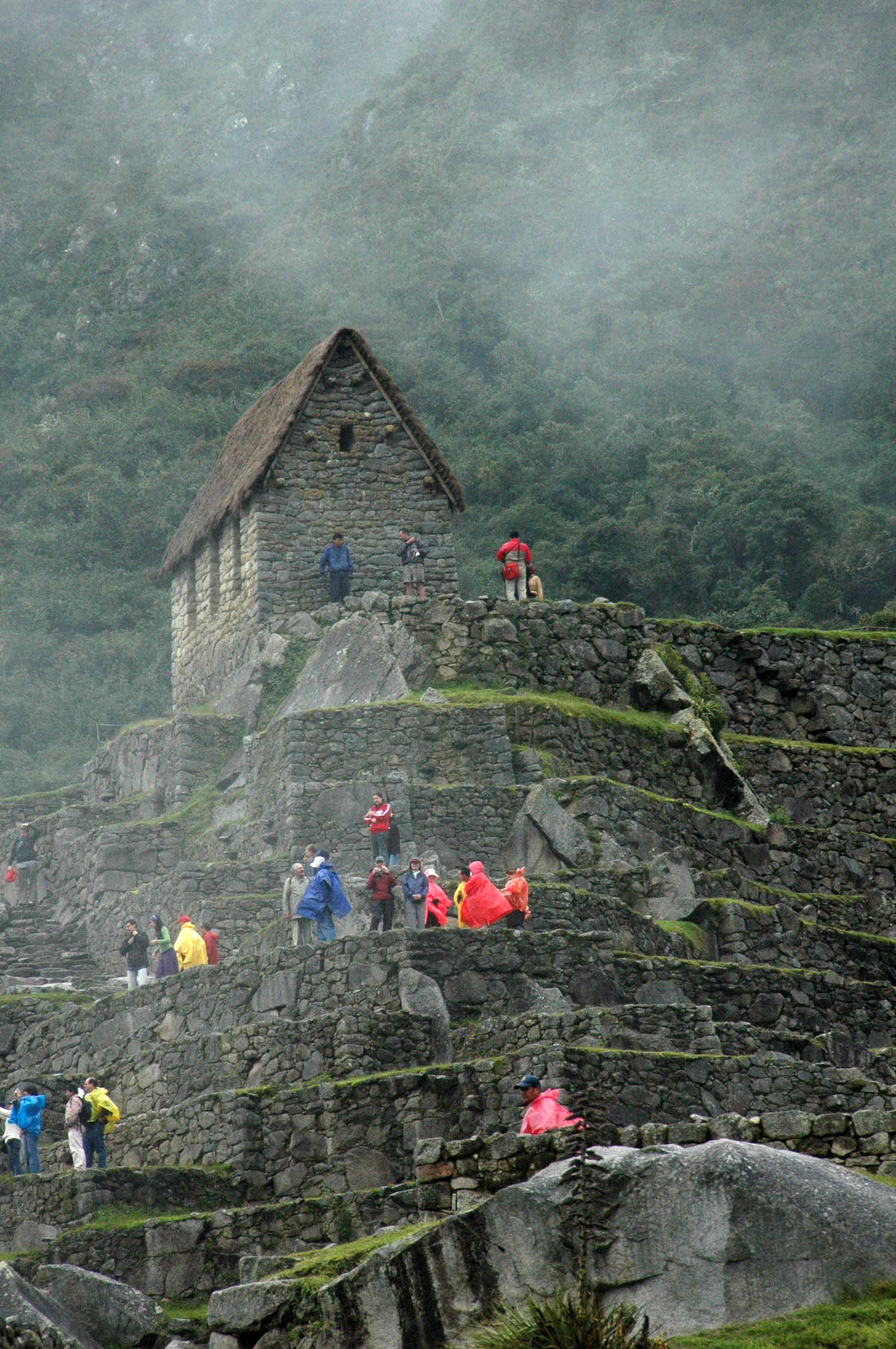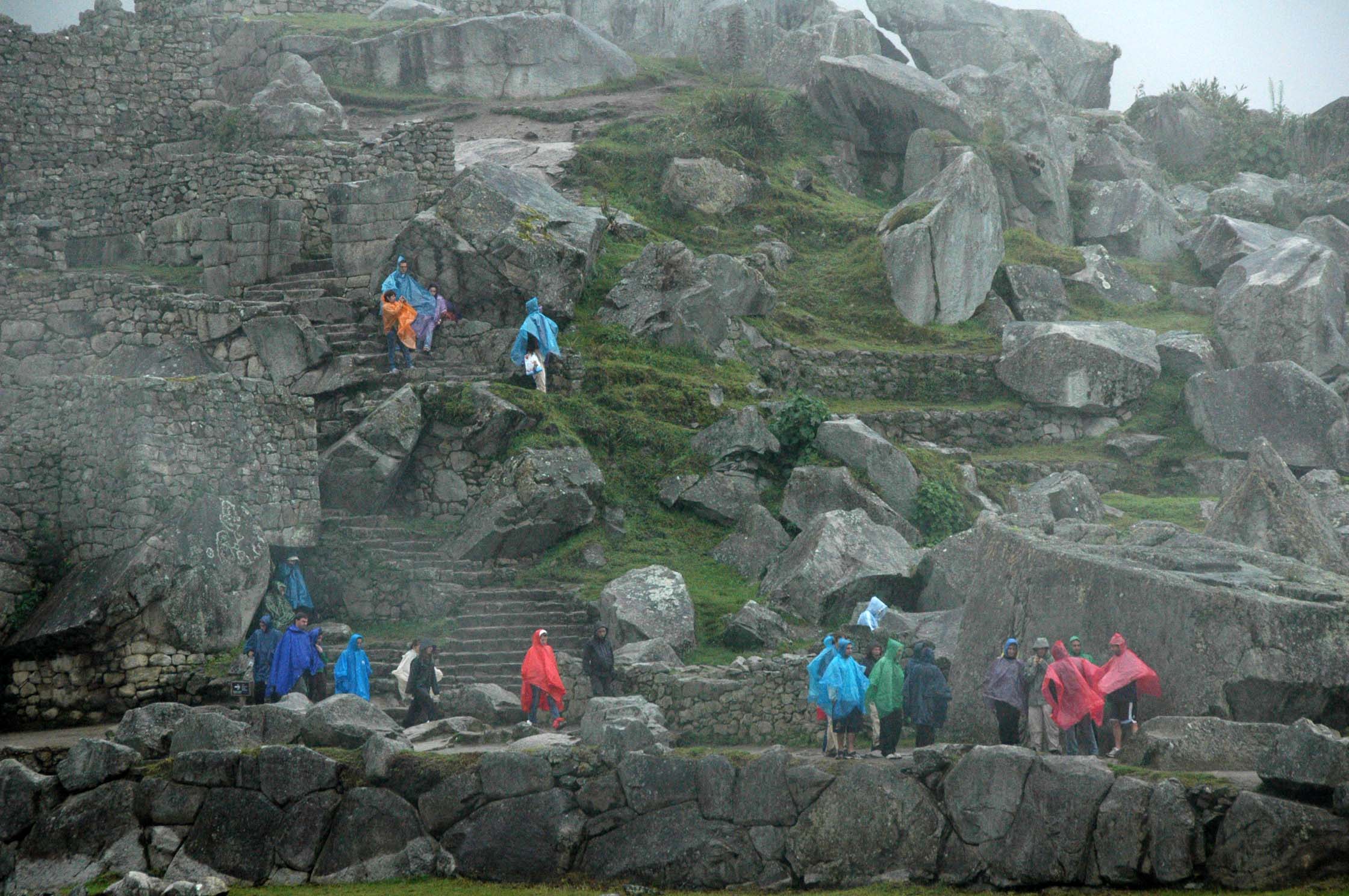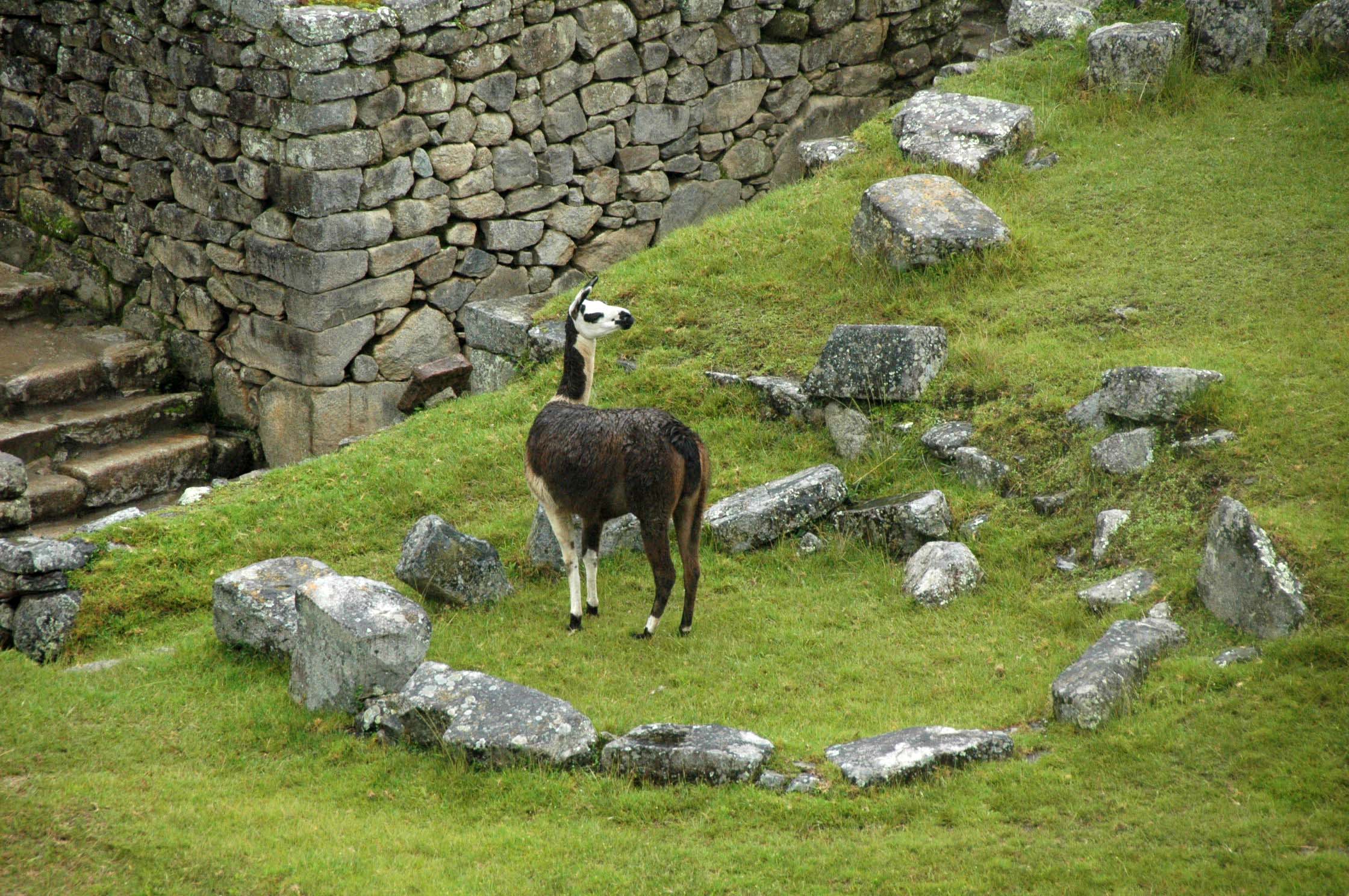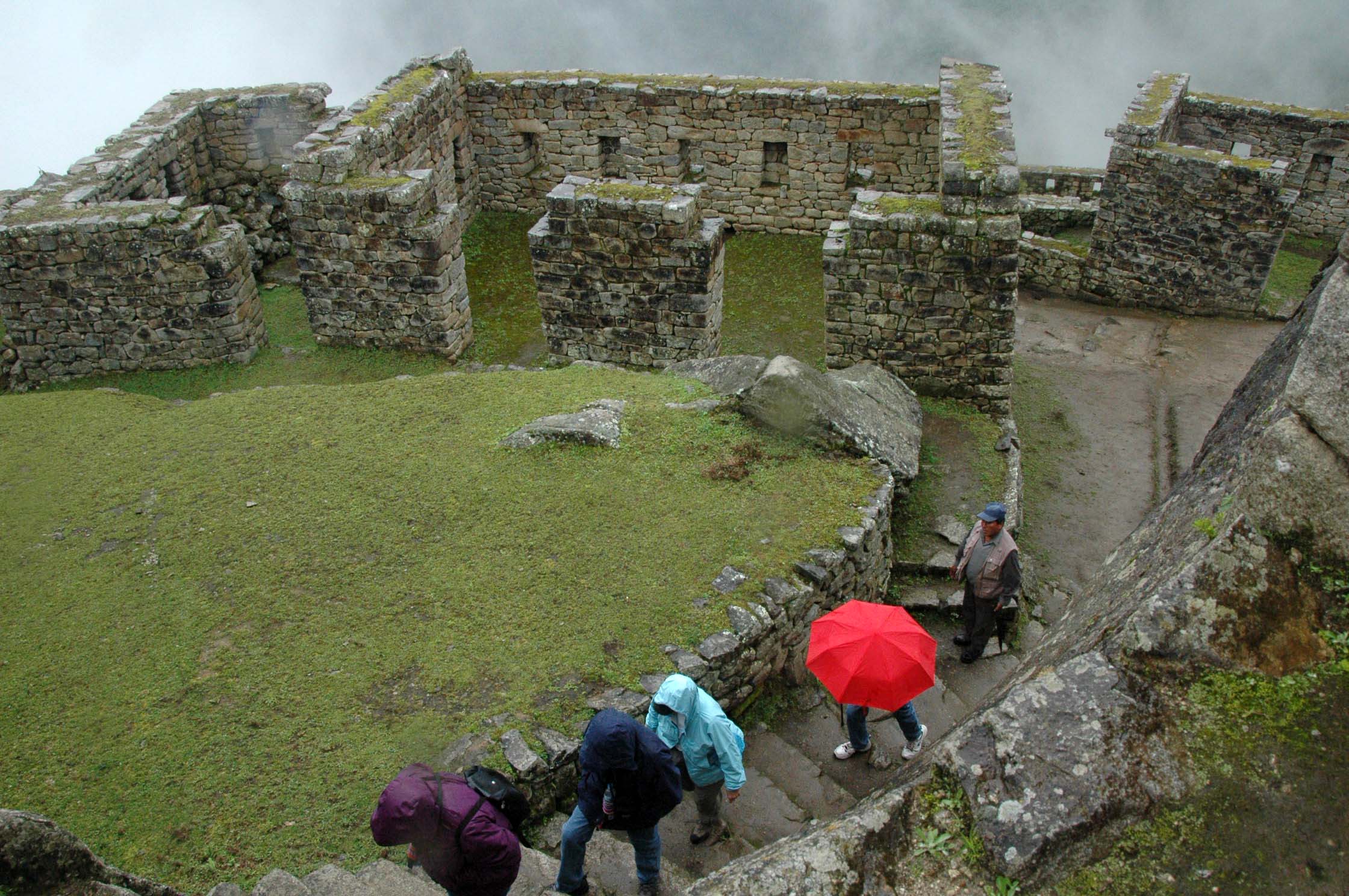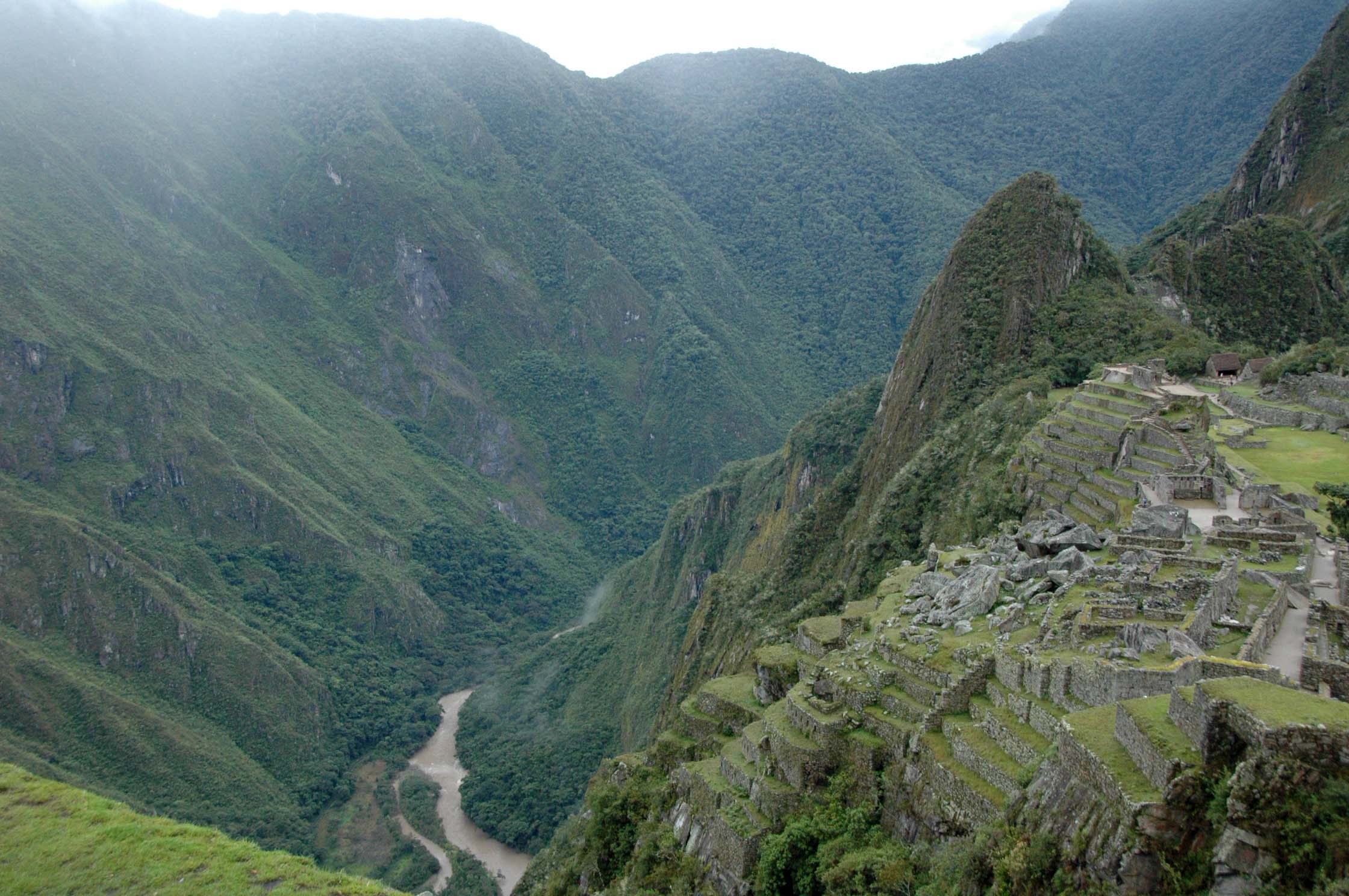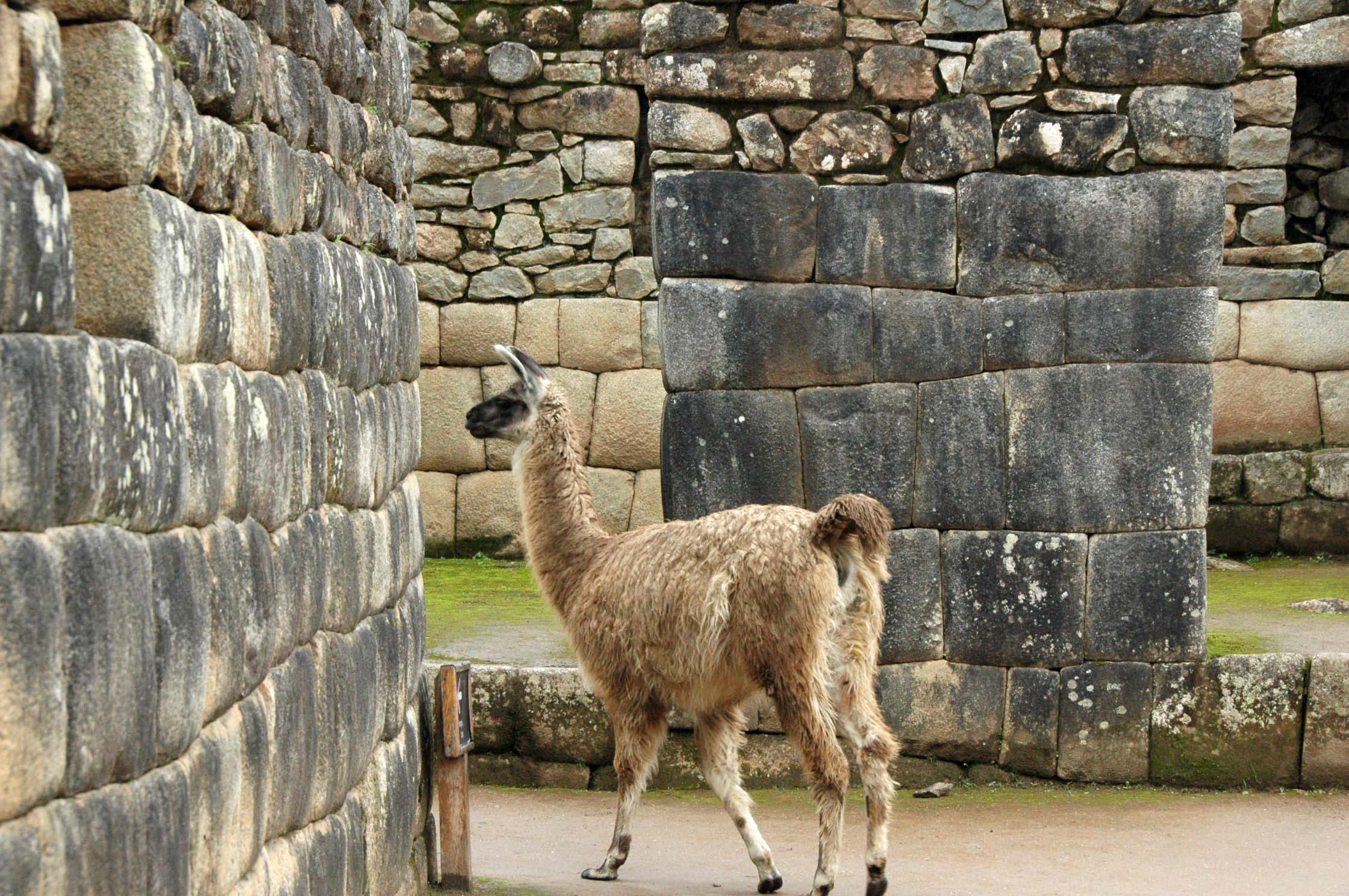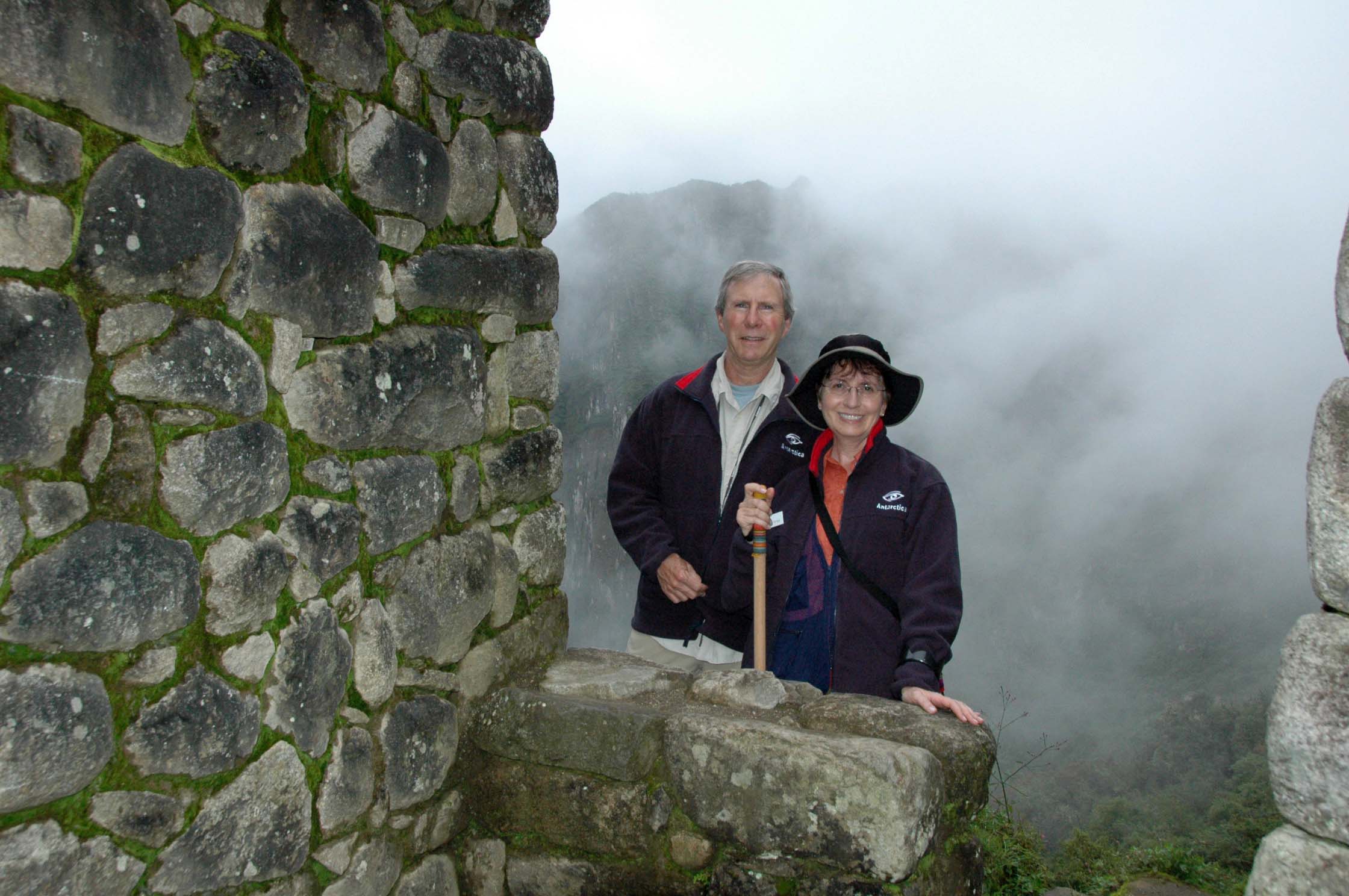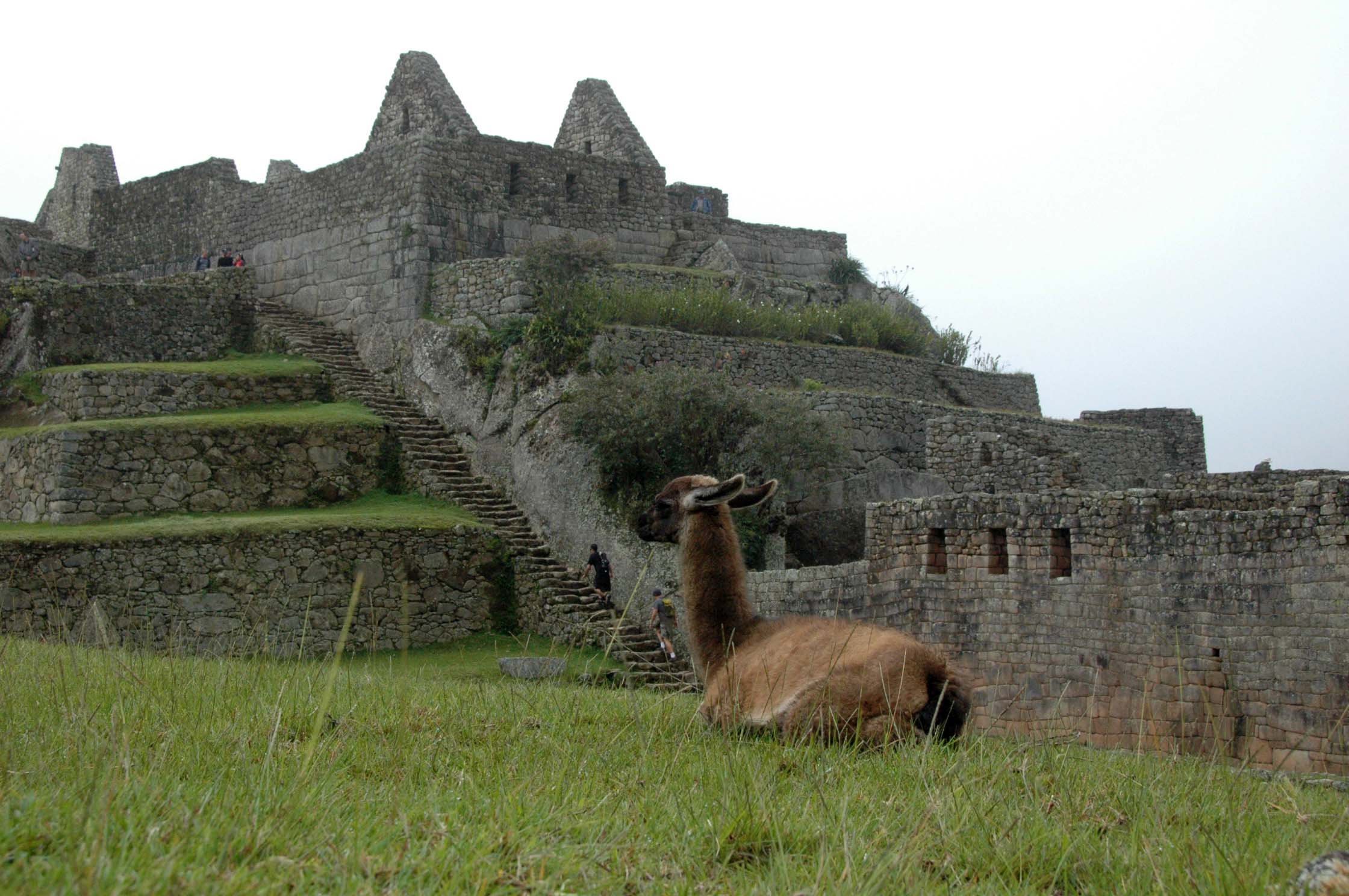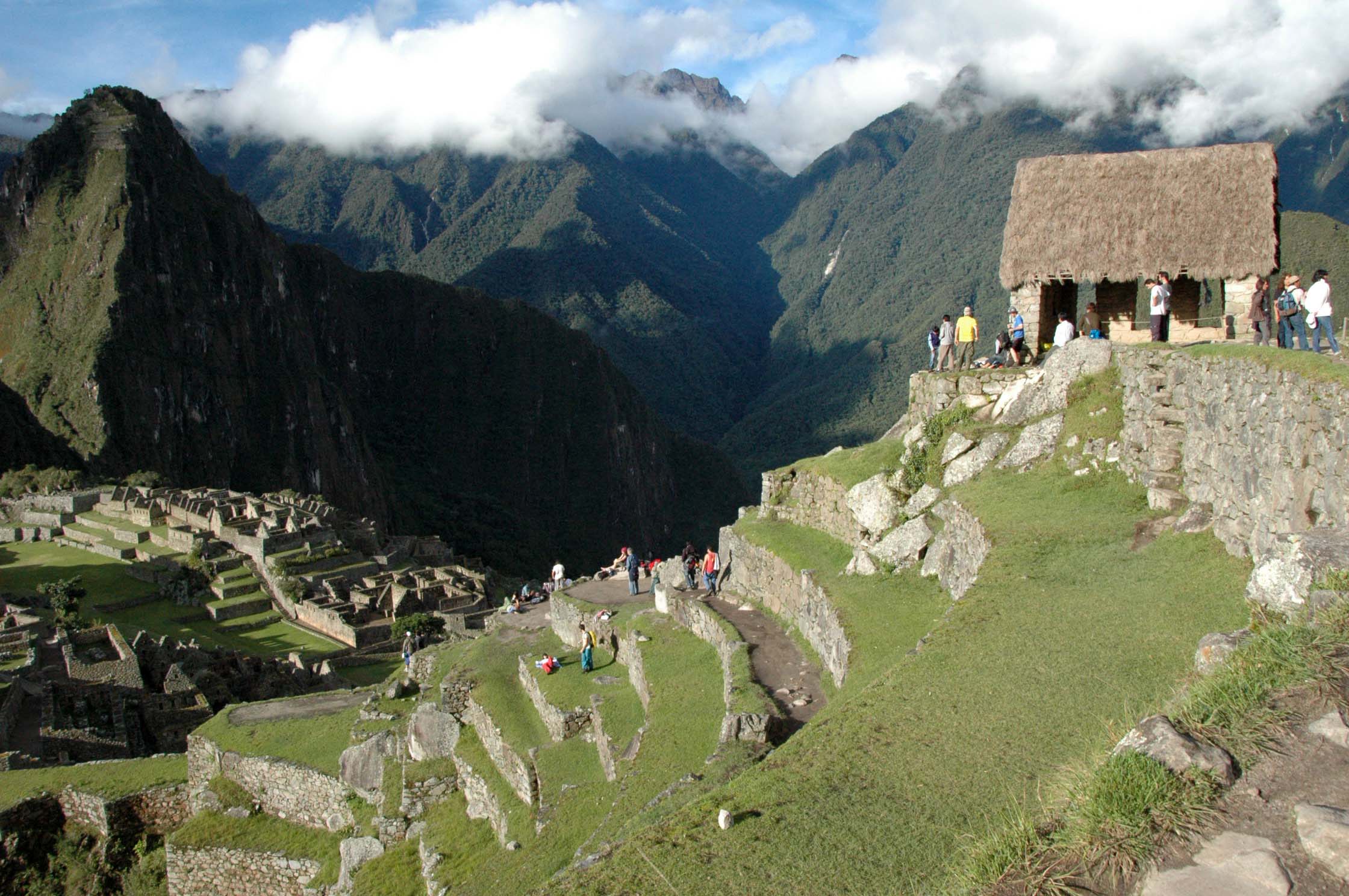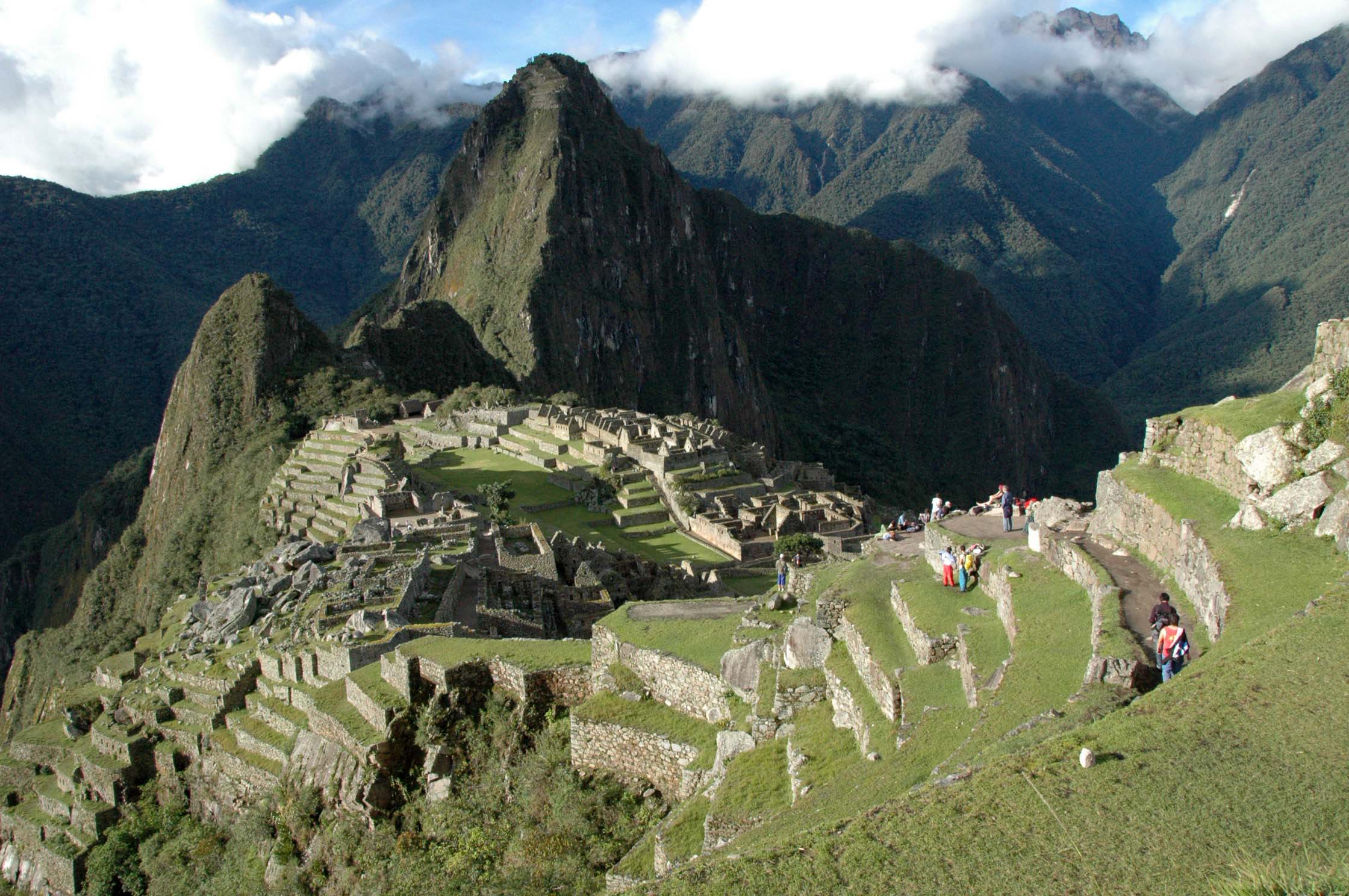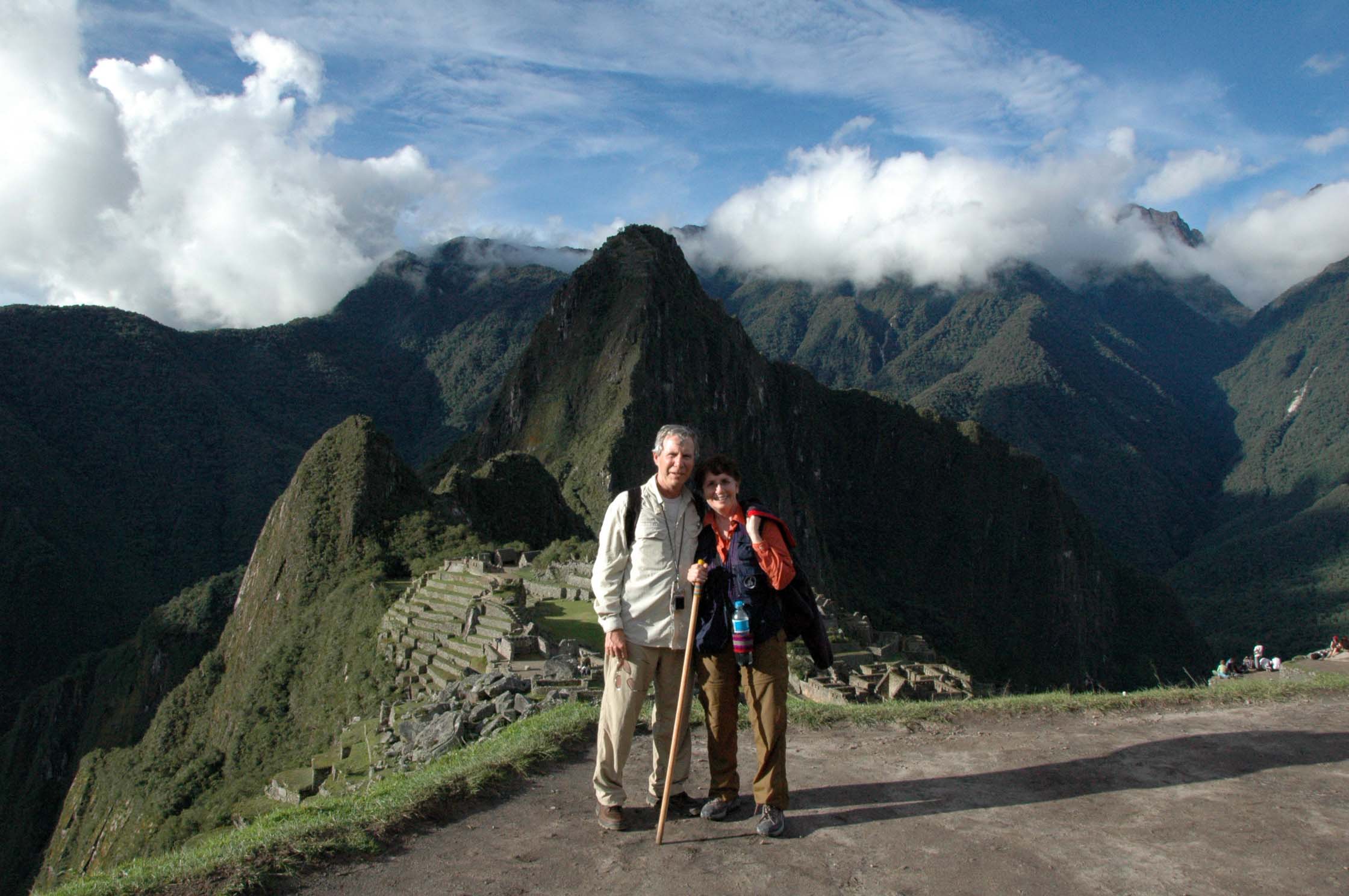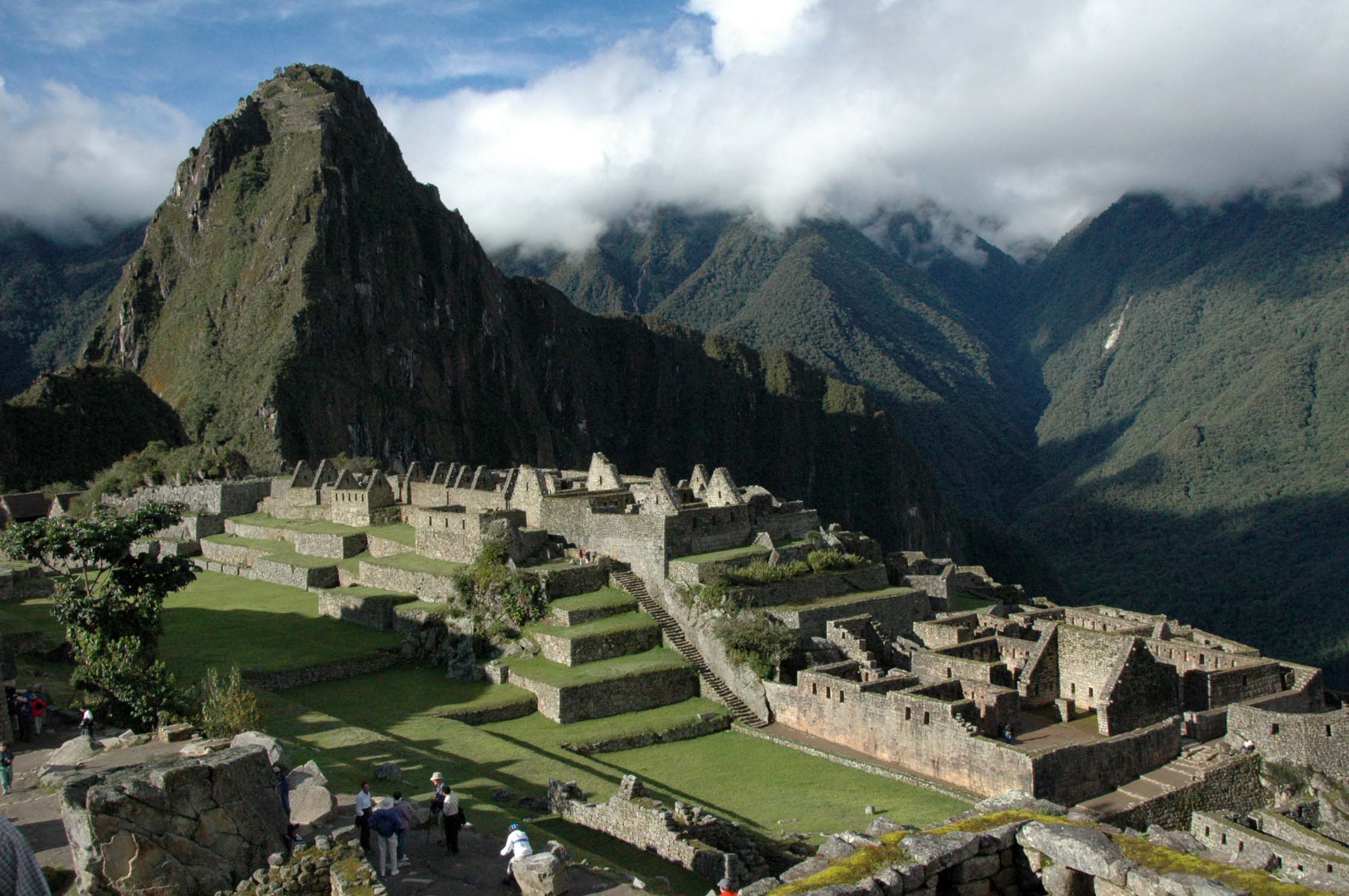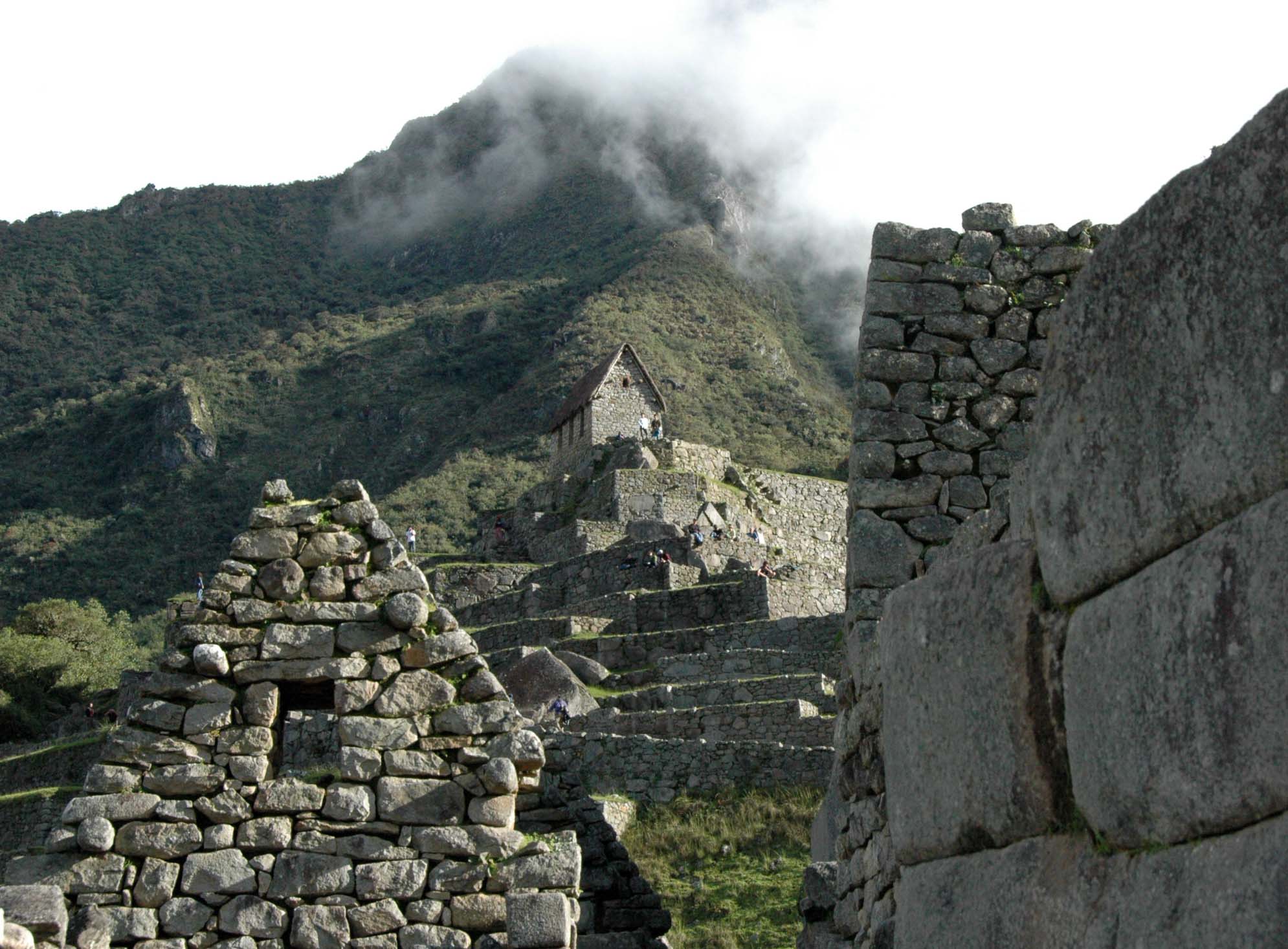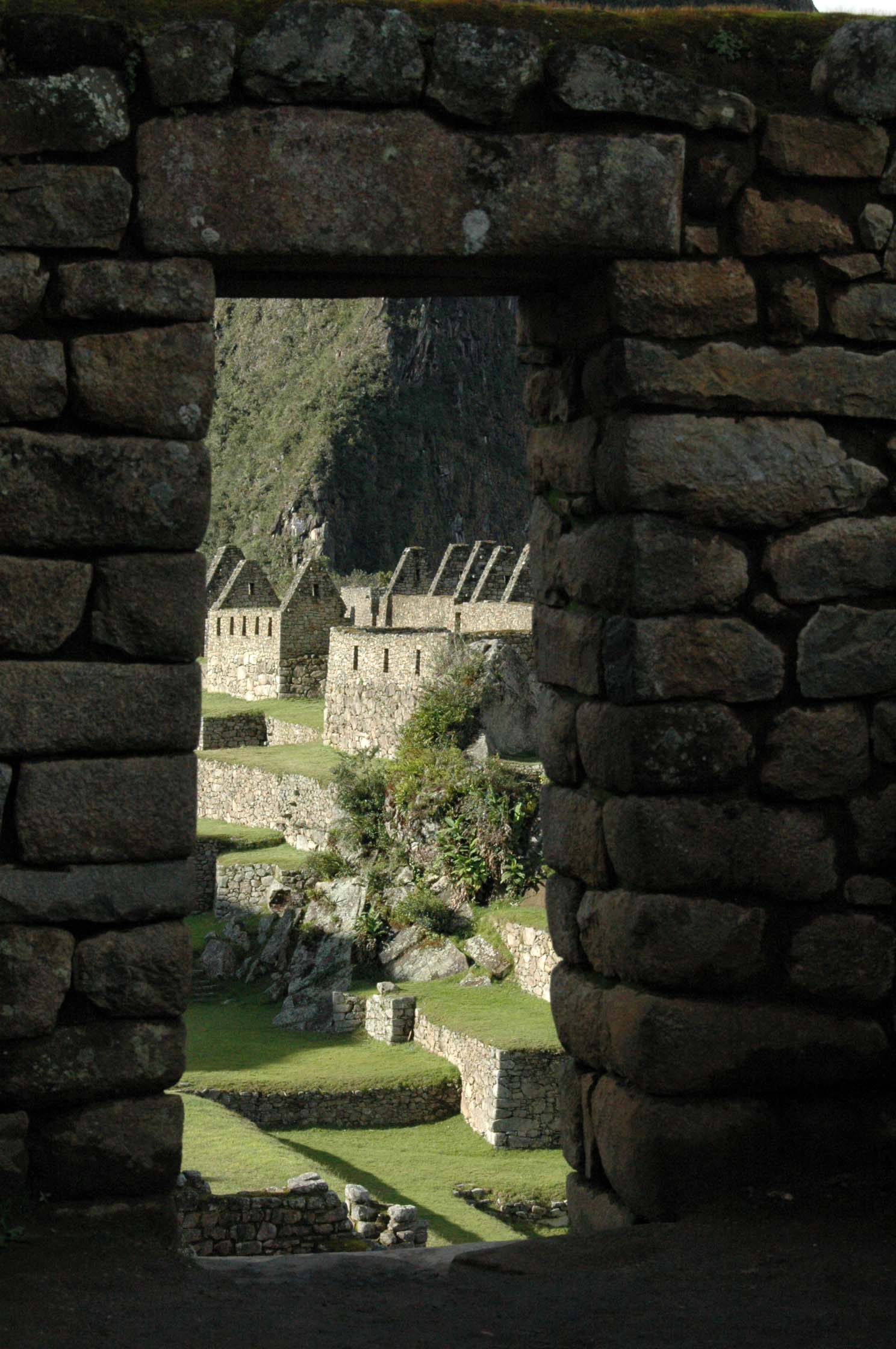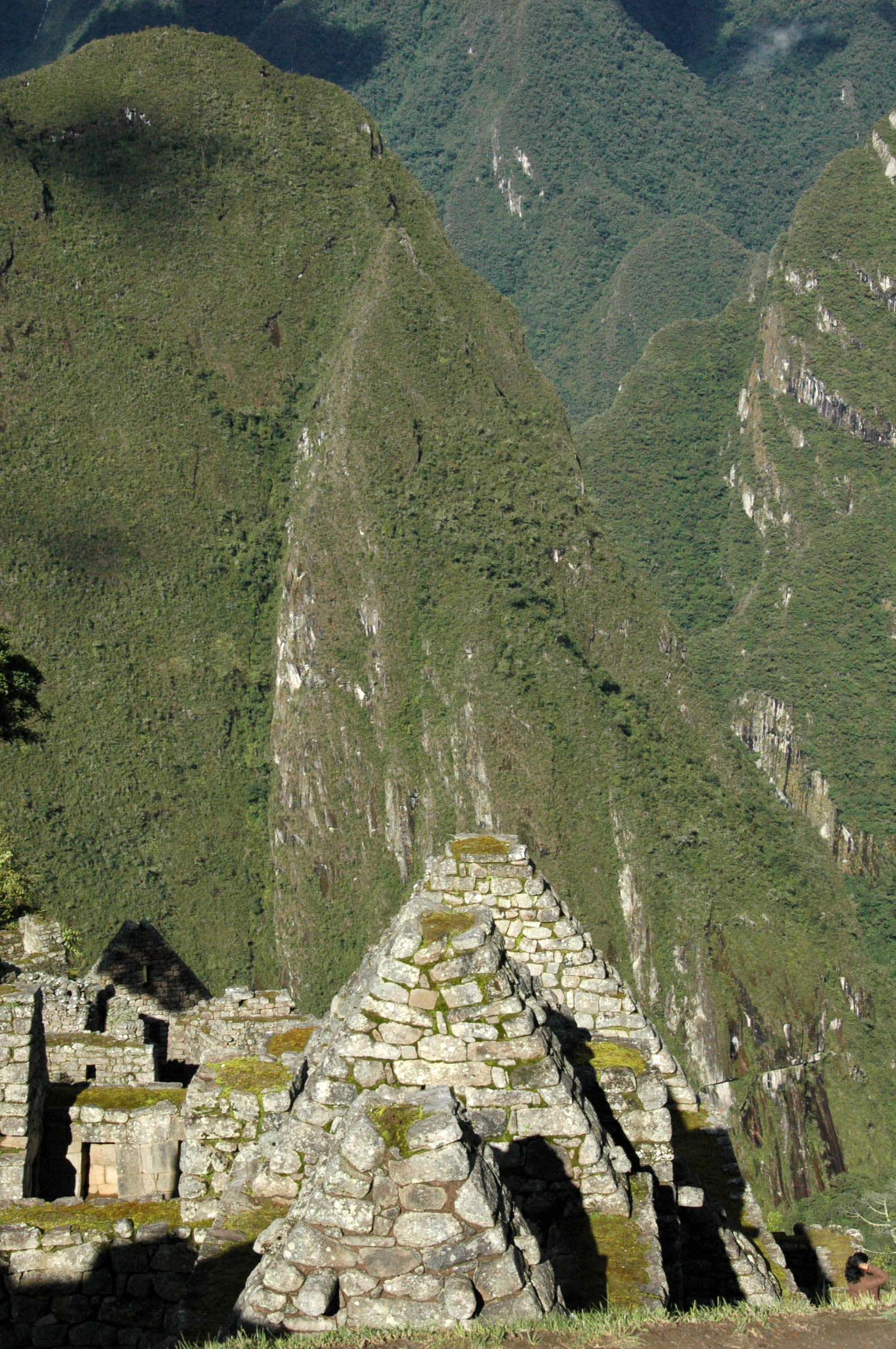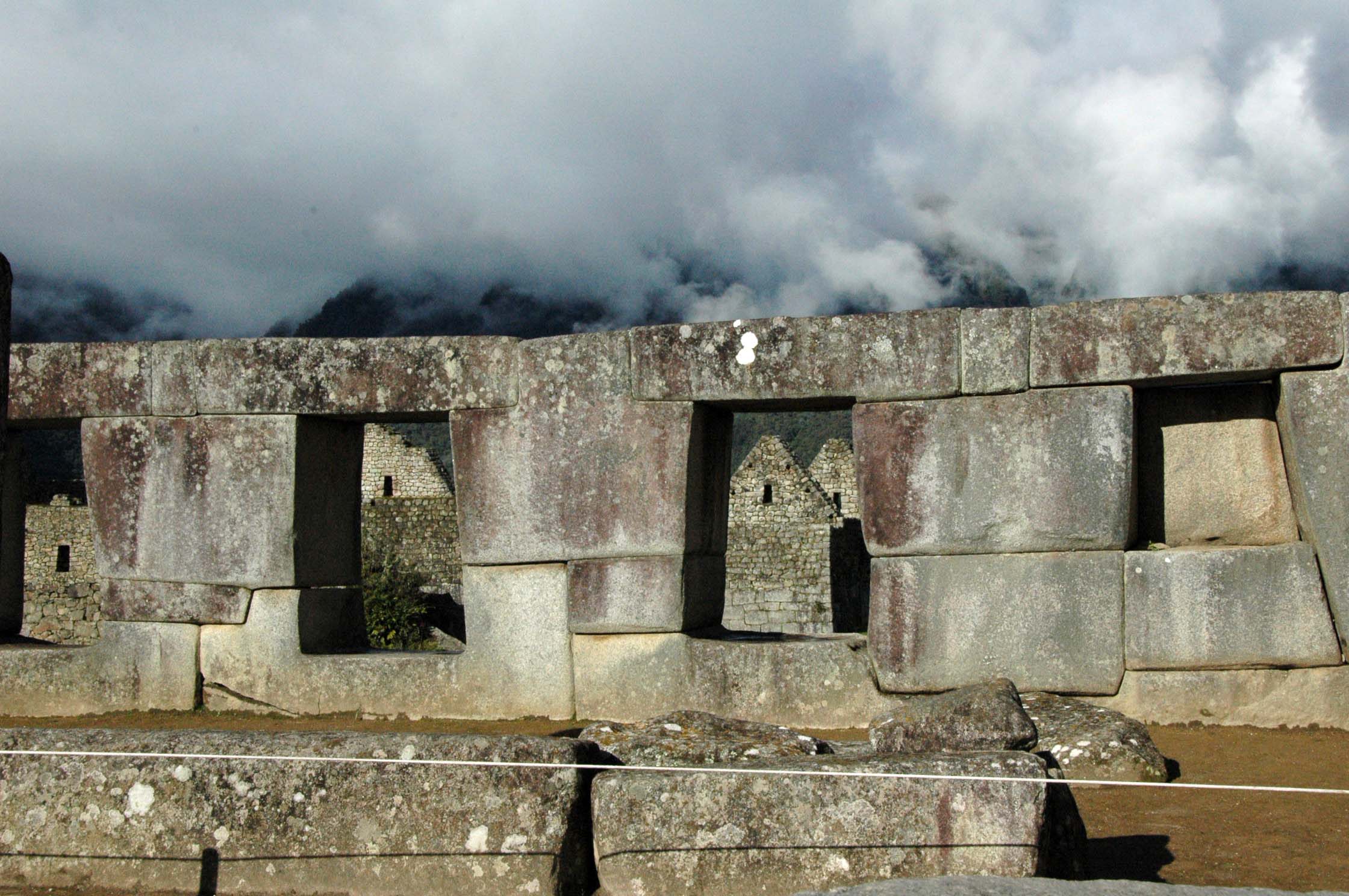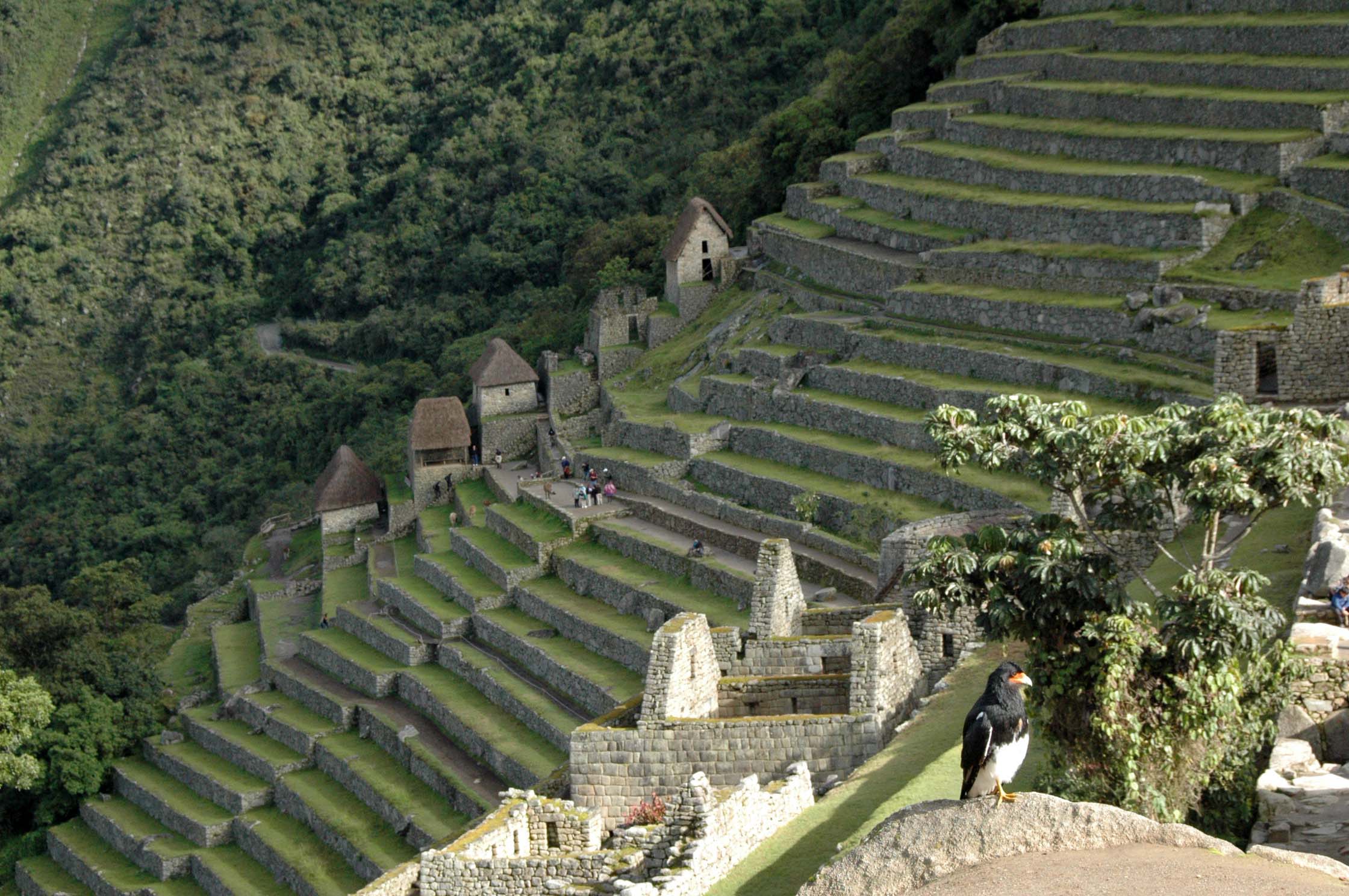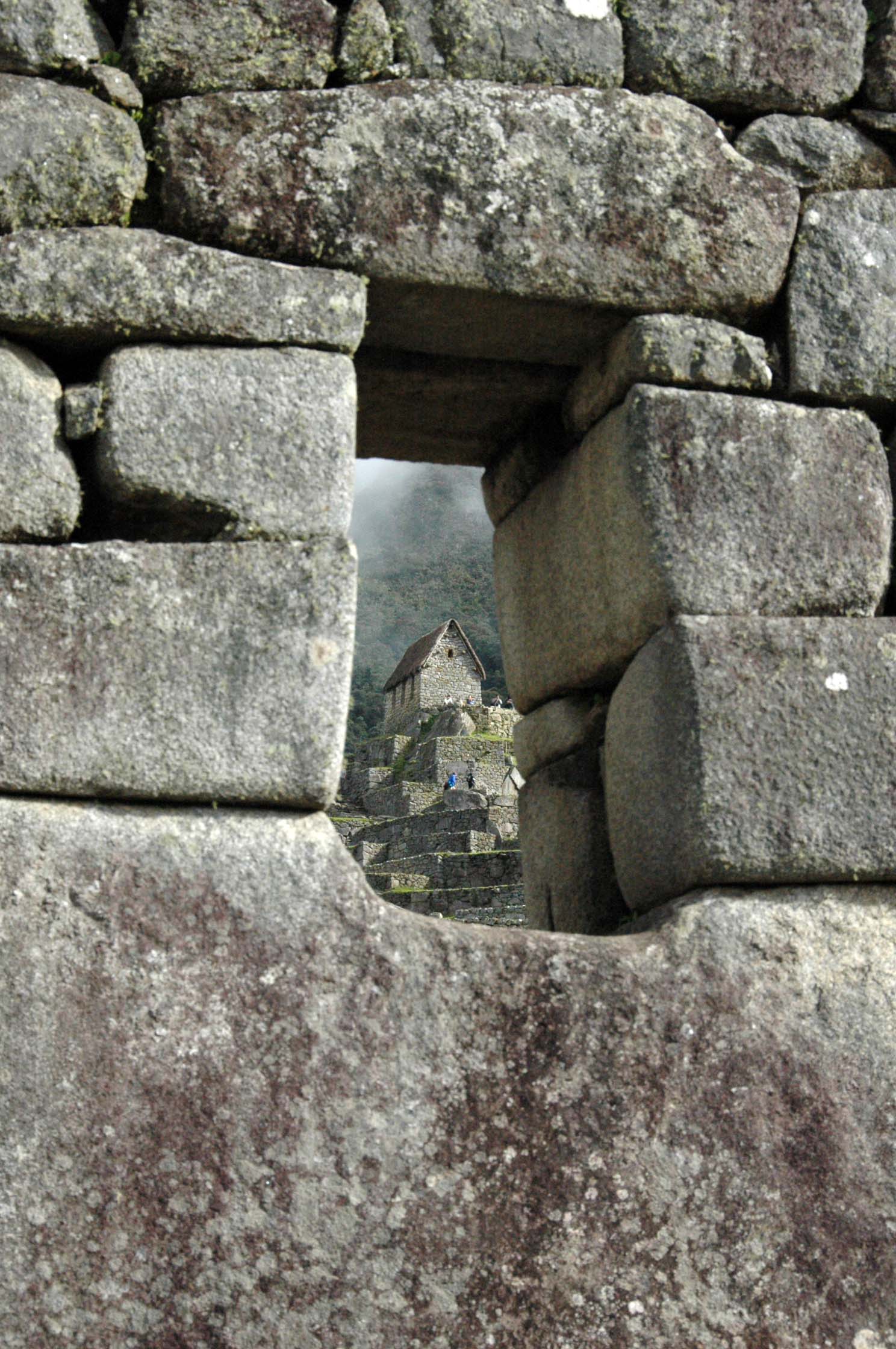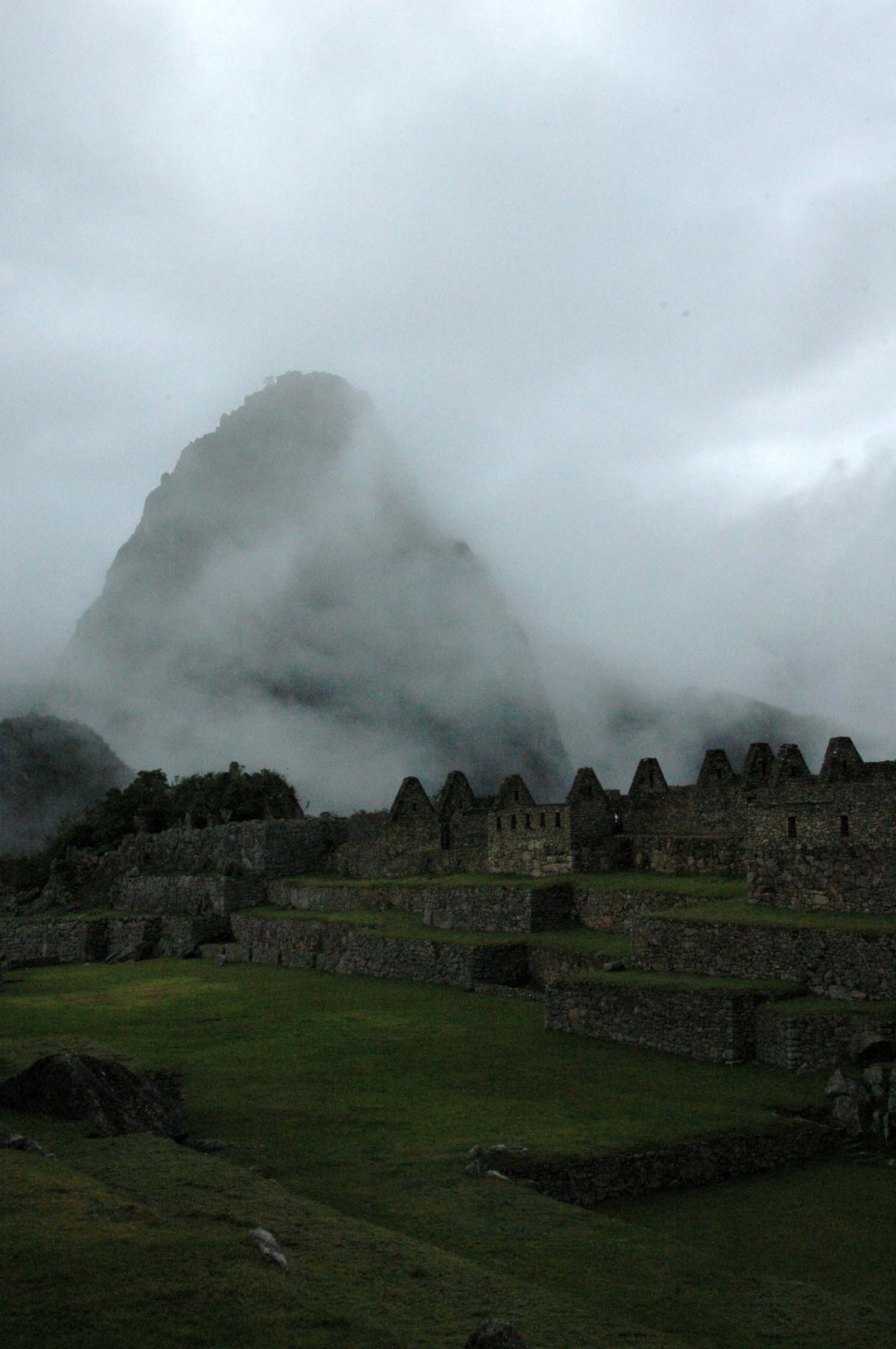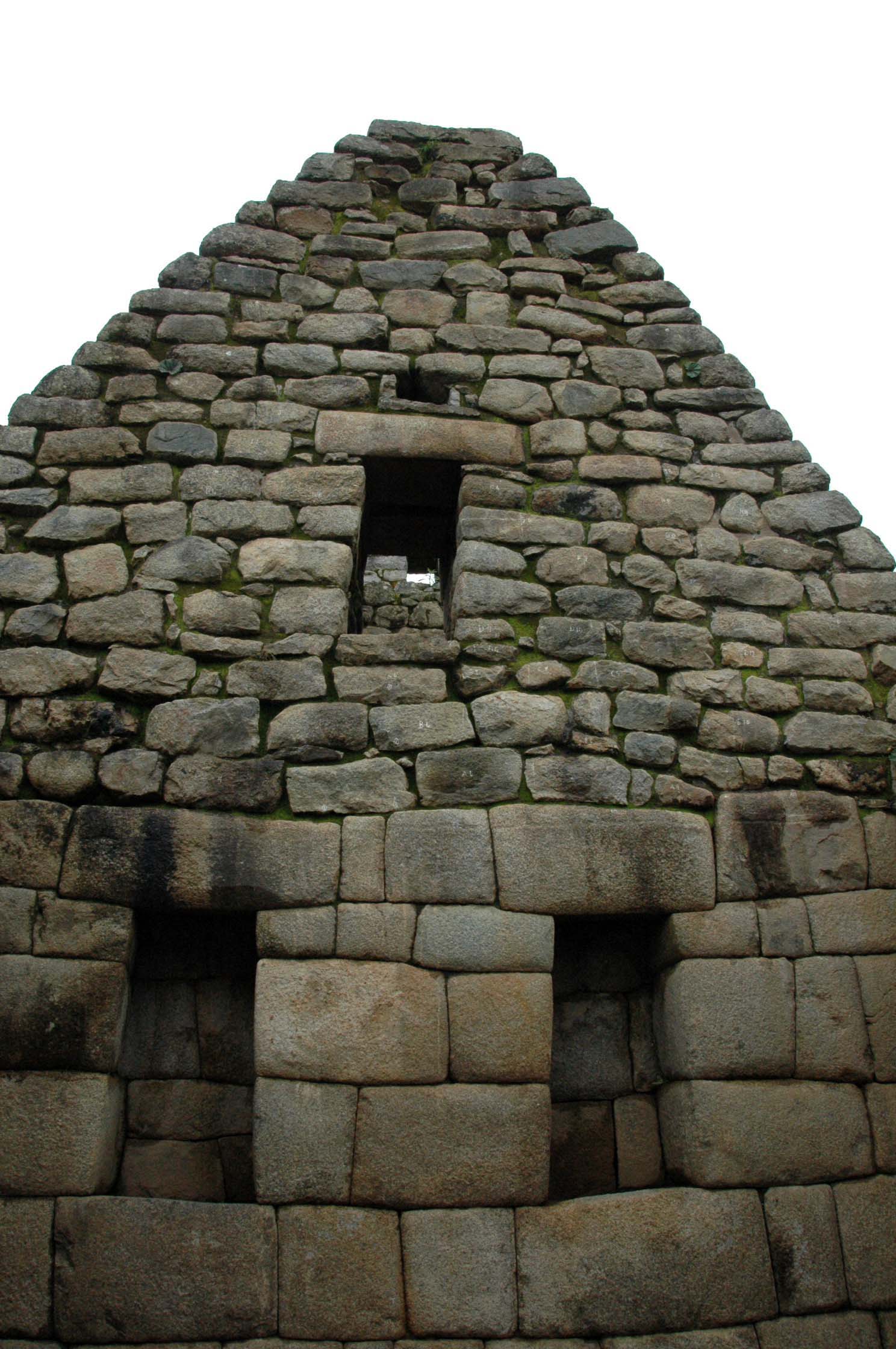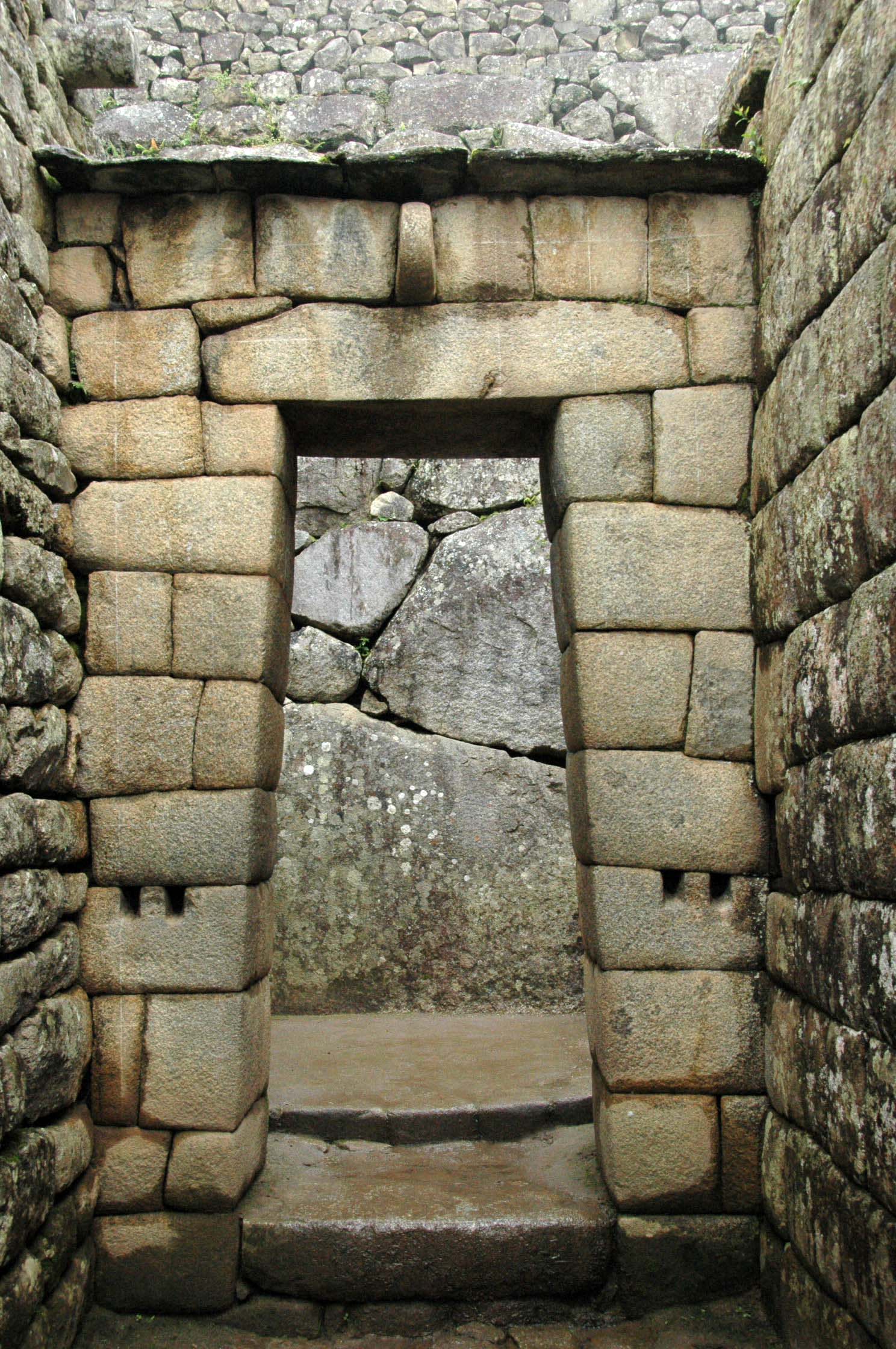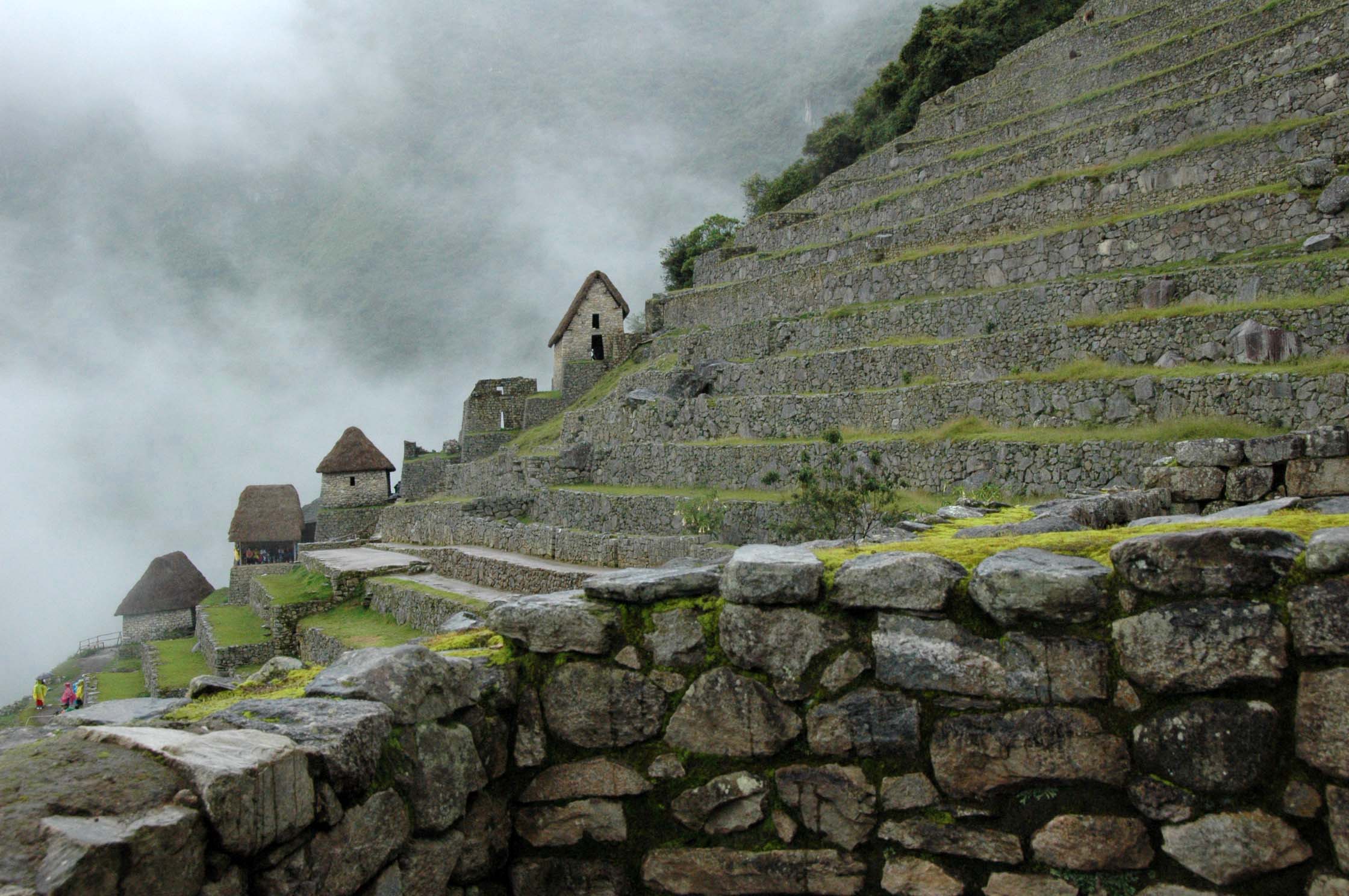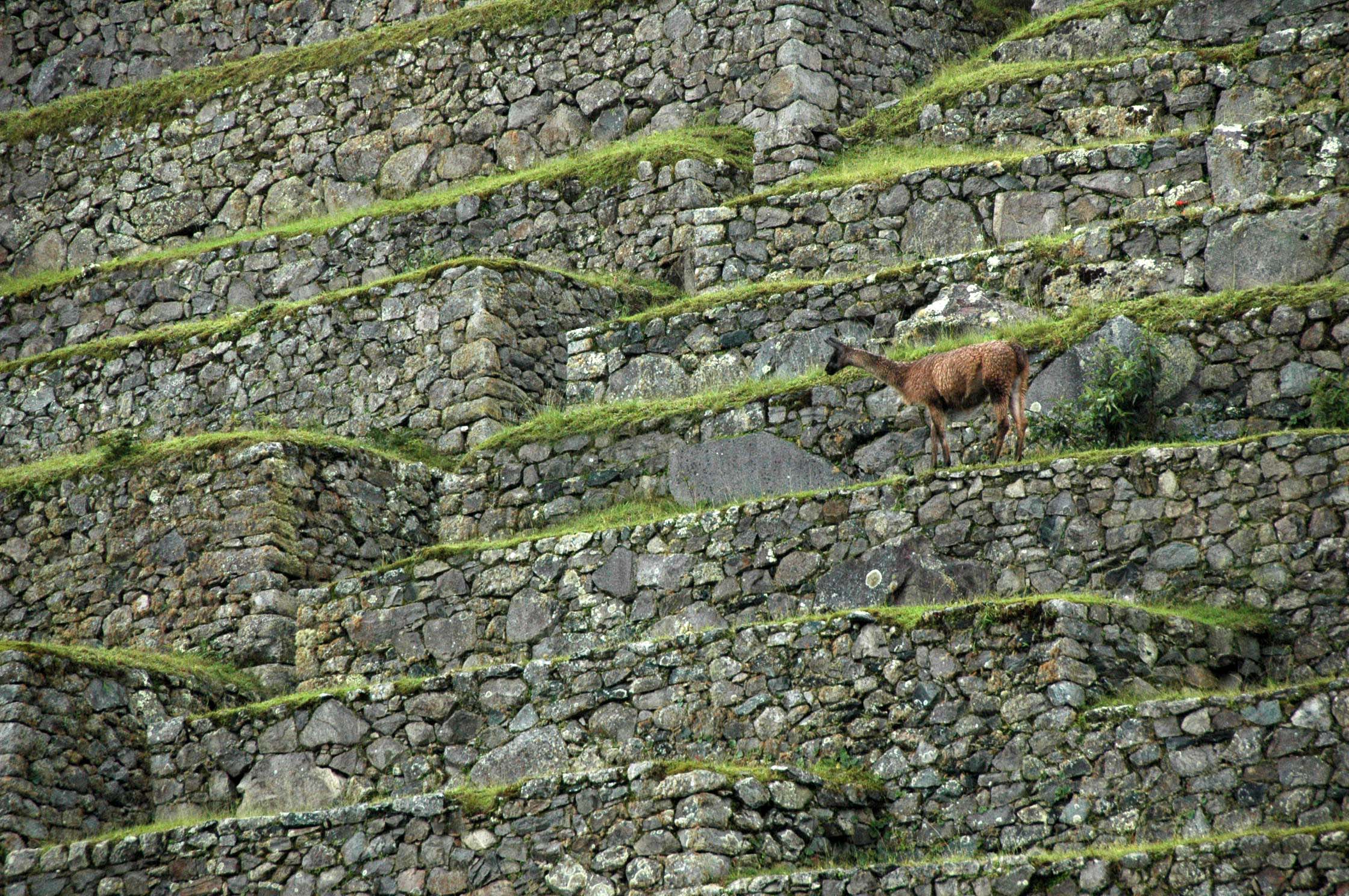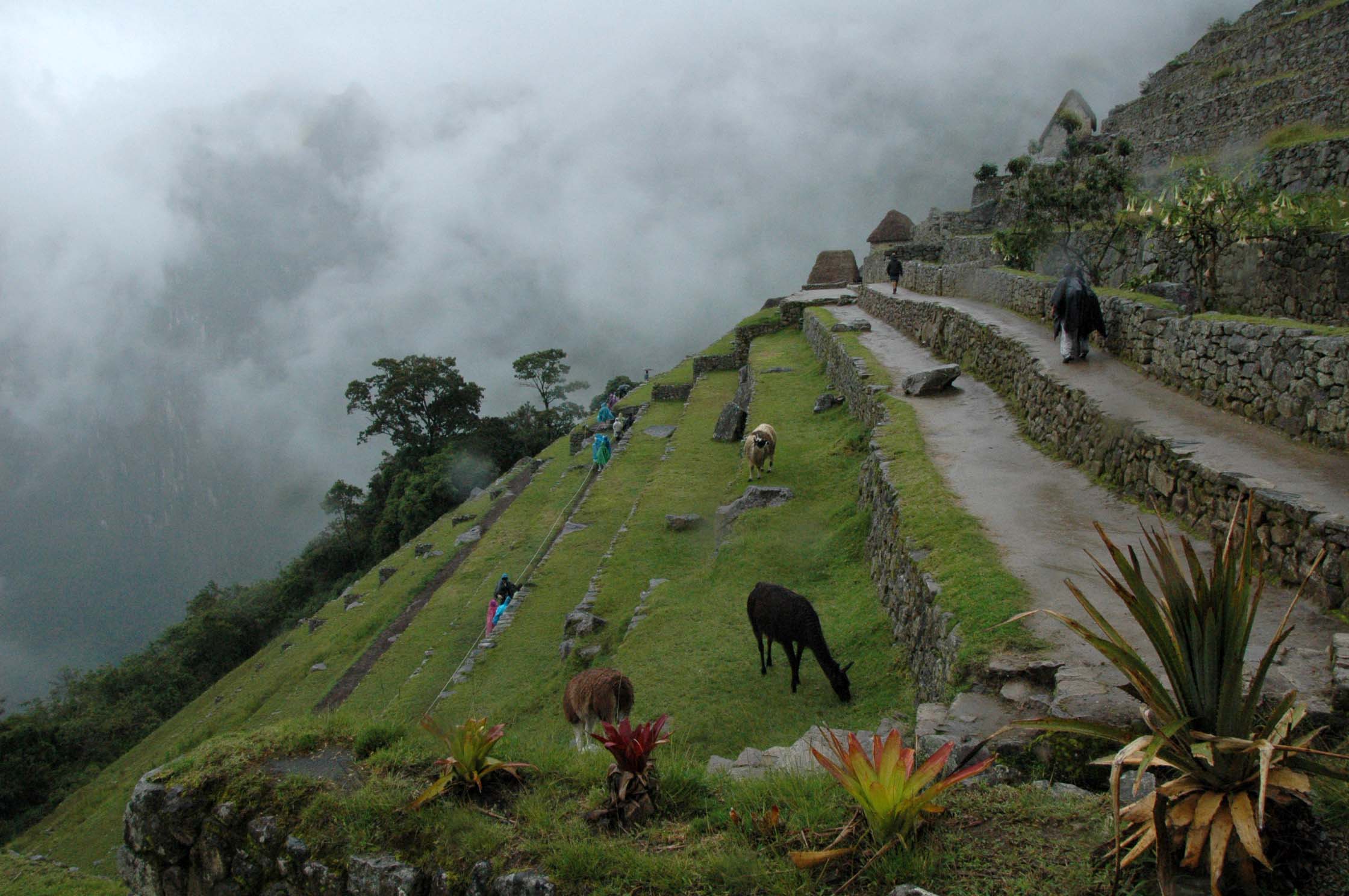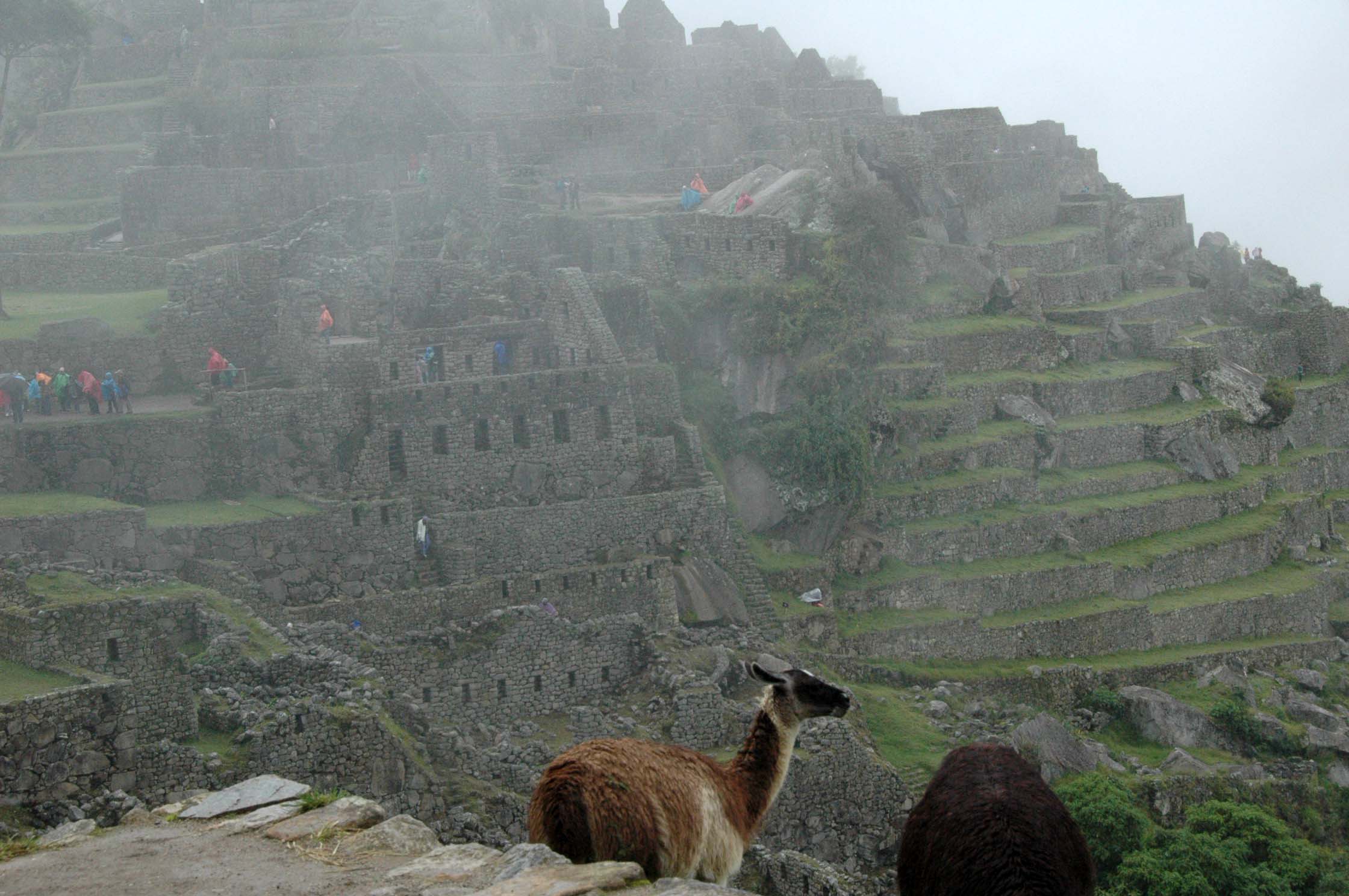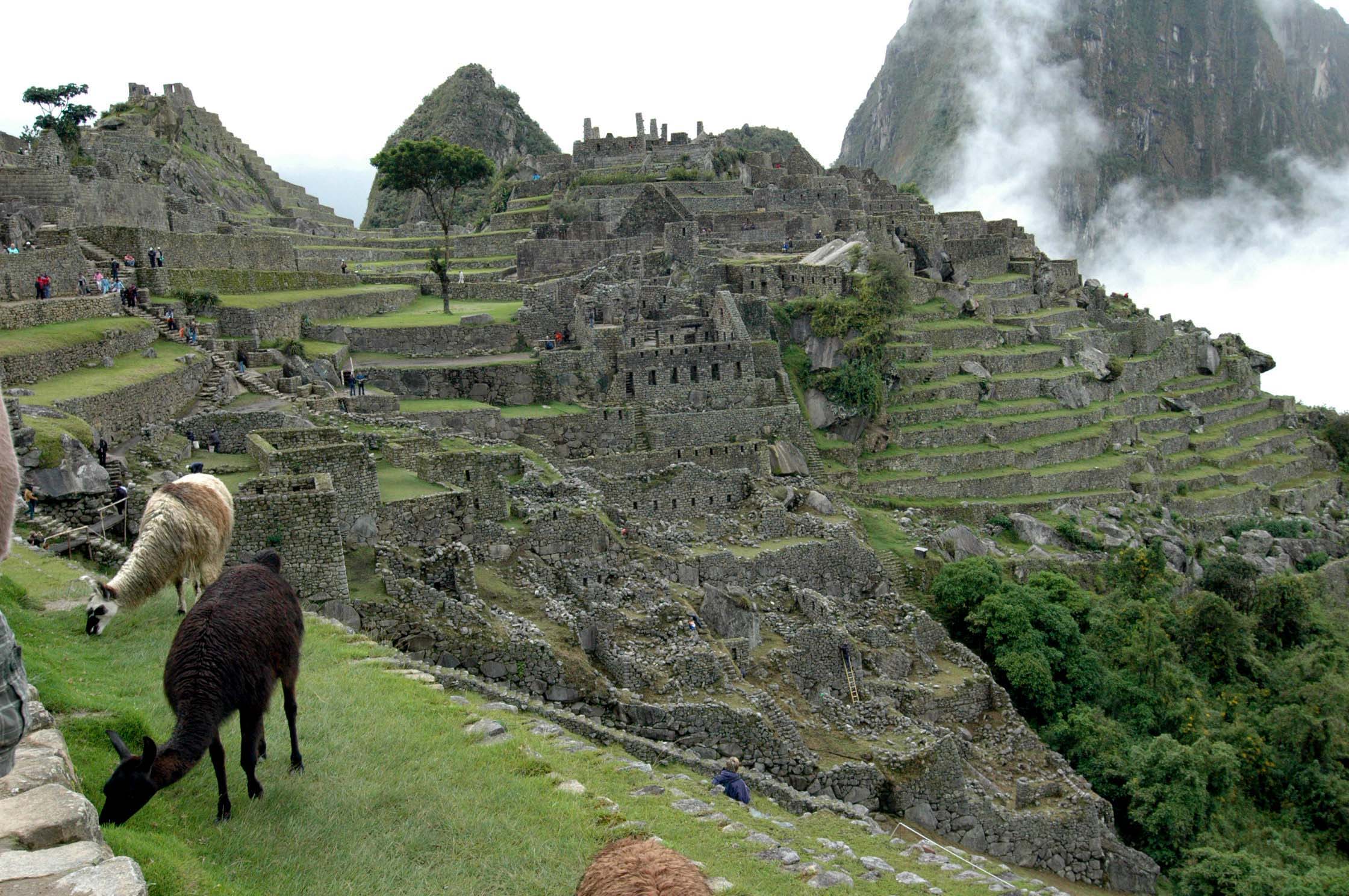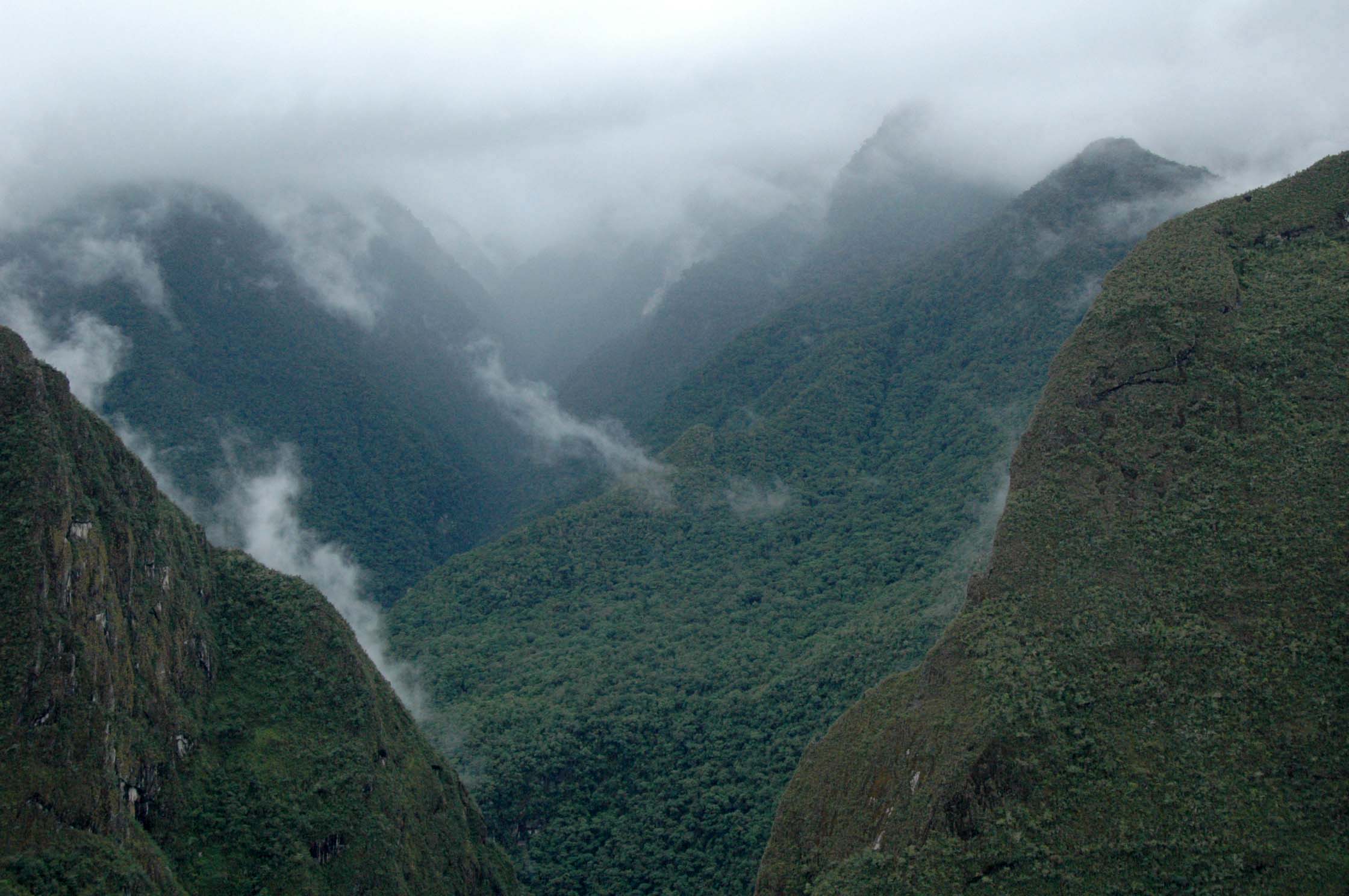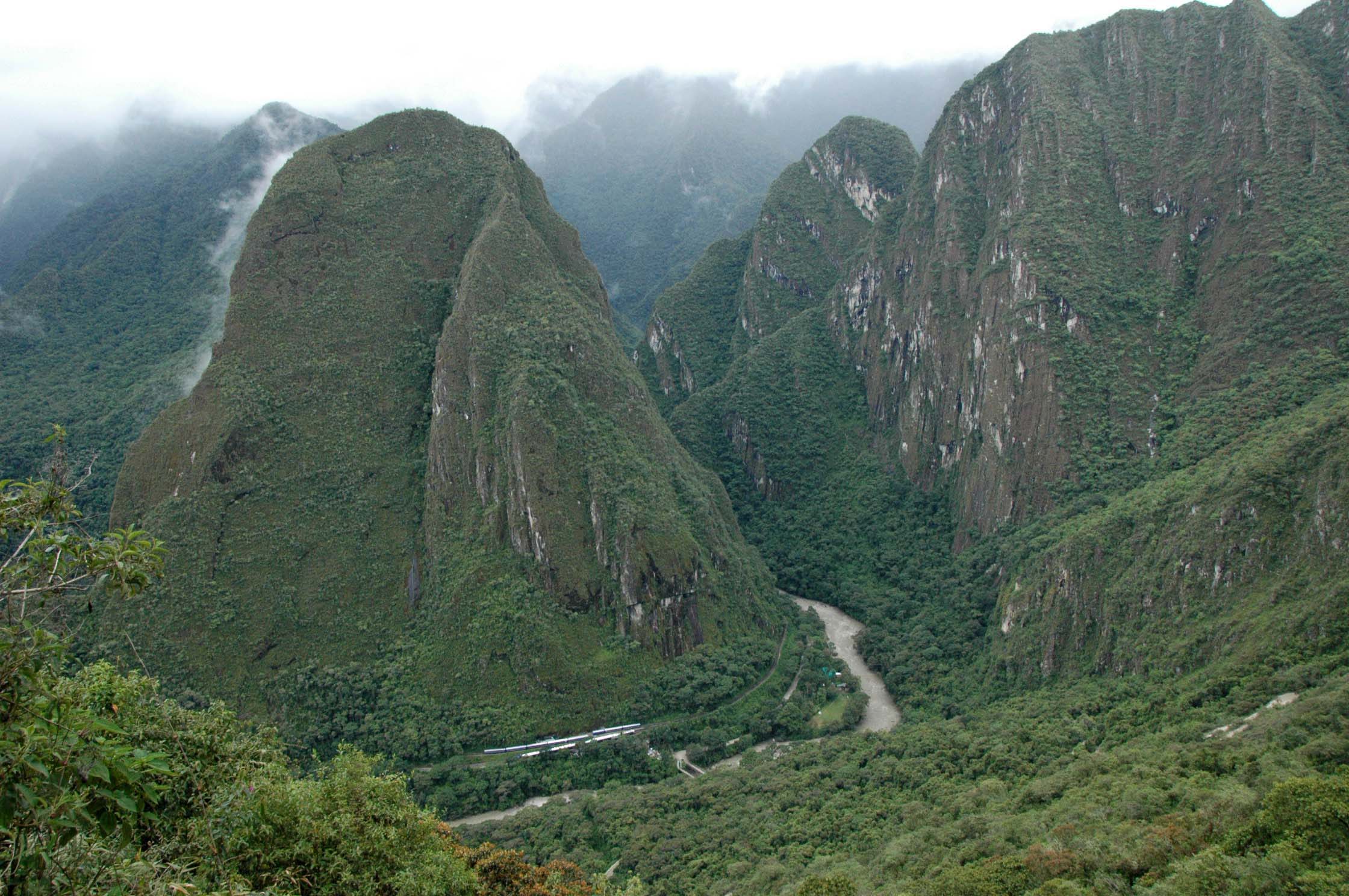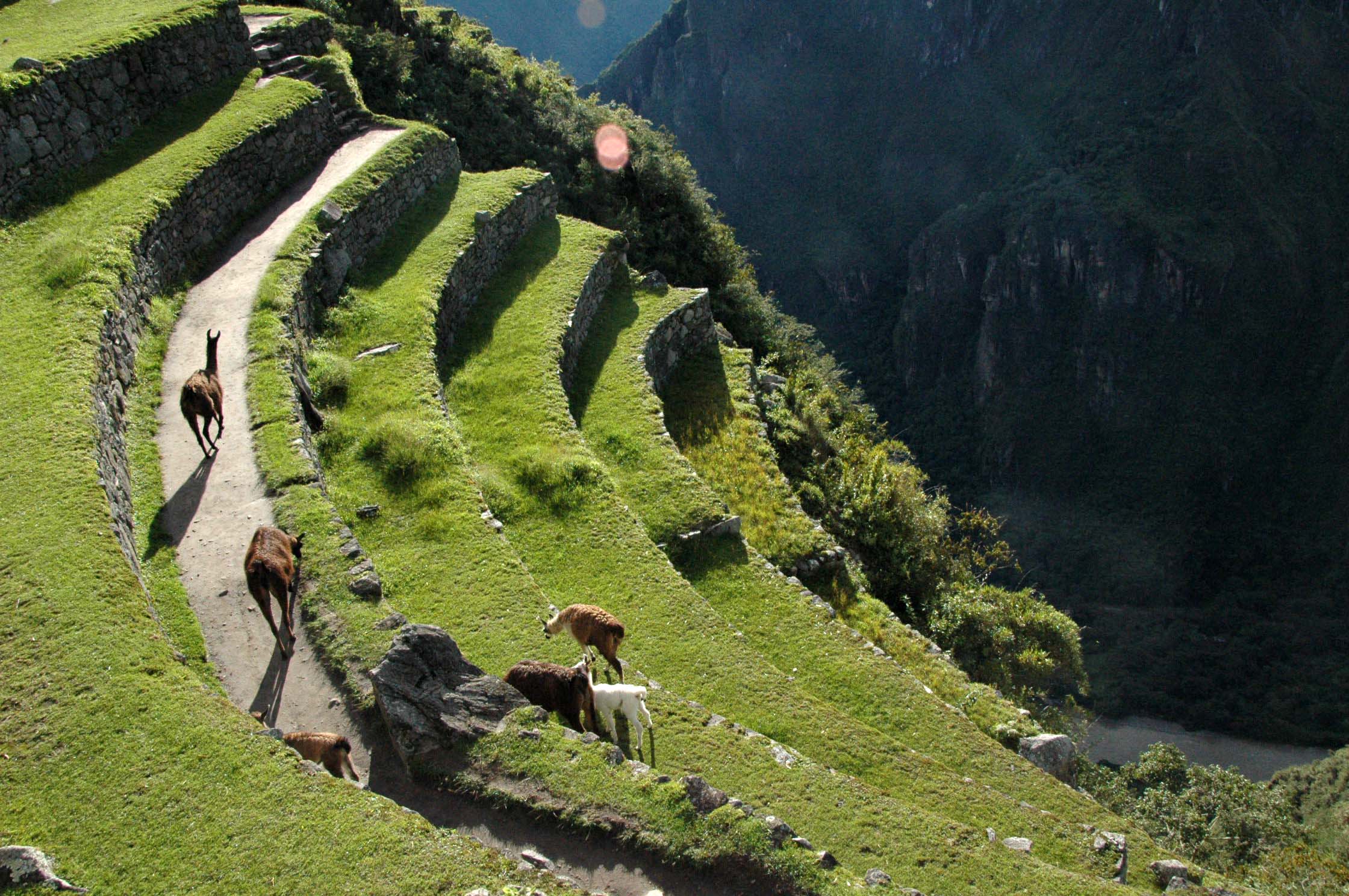Machu Picchu, Peru
January 2008
For those of you who don’t have the time or desire to read this, the bottom line is put Machu Picchu on the top of your list of places to visit while you still have the energy and knees to be able to enjoy it.
Cusco
I have not written the entire time in Peru because we had little internet access and the days were so full and we were so tired at the end of each day. We left the Galapagos ready for our new adventure. We arrived in Quayaquil where we had to change to the international terminal for our flight out of Ecuador and into Lima, Peru. We were picked up at the airport and taken to our hotel, the Miraflores Park. All the hotels we stayed at in Peru were Orient Express Hotels which are 5 star, luxurious hotels. The Miraflores Park is on the Pacific with gorgeous rooms (the first thing I did was take a bath which was a treat after the tiniest shower on the ship). Breakfast the next morning was on the 11th floor overlooking the city and the Pacific Ocean. But we had to quickly leave because we were really on our way to Cusco and the Sacred Valley and Machu Picchu. We flew up (literally – Cusco is at 11,000 feet) to Cusco where we drove through town to the main square and had the most delicious trout for lunch at a restaurant called Incanto (they are still feeding us non-stop). After lunch we re-boarded the buses and headed through the country side on our way to the Sacred Valley and the “city” of Urubamba.
If I had to give you the first words that come to mind about this part of Peru they would be llamas, color and Incas. In Cusco as well as all through the country side you see women (and men) dressed in their traditional, colorful clothing – the women in the colorful skirts, long braids, and hats. We thought they dressed up for the tourists who tip them for the privilege of taking a picture (you pay a soles – pronounced sow-less and worth about $0.33). And while many of the kids and older women do dress in the fancier clothes and pose with lambs and llamas for tips, the more traditional dress is really their every day wear. Even driving through the country side we saw the more colorful dresses on women standing in their yards. We also saw the women tending the fields in their same skirts and hats.
We had a wonderful guide who taught us all about the Inca history. Most of the people living here are Indians and ancestors of the Inca. They still live very simply, have very little. You also see corn growing everywhere as that, and potatoes, are their major food (and guinea pigs, but more on that later). You also see dogs, sheep, cows, pigs and llamas roaming the roads and fields.
On the road we saw many traditional things. On the homes one always sees two bull statues with a cross between them for good luck. The roofs are thatched and the houses are made of mud bricks. They often build one floor at a time, and when they have more money, they may build the next floor. We saw one man taking bricks out of the window area because he could finally afford to buy glass.
We also saw lots of original Inca terraces on the mountains which are still used for farming today (mostly to grow more corn). There are dogs everywhere (Andy and I joked about doing a photo album just on the dogs of Cusco). And children. Children on the side of the road with their cows and pigs. Children in the hills with their sheep. Children working the fields. Children selling finger puppets or dolls or other souvenirs. Most families have 5-6 children. School is mandatory until about 6th grade, but often the schools are too far for them to walk and besides, they are needed on the farms to help. As a result, much of the Indian population is illiterate.
Awana Kancha
Our first stop after lunch was at Awana Kancha which is a farm with llamas (our first llamas face to face – but not our last). We were given a weaving demonstration (with all that beautifully soft alpaca yarn) and of course had a chance to shop for hand made, hand woven products. It was actually very interesting, although touristy.
Pisac
Our next stop was the local market in Pisac where we saw the women, again in their traditional dress, selling their corn, their potatoes, fruit, coco leaves, herbs. Often they barter – your corn for my potatoes. There was also a souvenir type market there with woven goods, ceramics, necklaces and all the typical Peruvian things. The major occupations here seem to be either farming or selling trinkets (or both)
We did much more driving that day seeing the country side and the people. One item that the locals make is corn beer. When ever beer is available they put out a red plastic bag at the end of a large pole. Originally they used to put out red flowers, but progress – now it is a red or pink plastic bag. So we saw lots of homes with poles and plastic bags out side, and people sitting around having a good time.
Ollantaytambo
We finally ended up in our hotel, Sol y Luna (the sun and the moon). Each room was its own adobe cottage. The grounds were covered in flowers (when we walked out in the morning, you could just hear the drone of the bees). The next day we visited Ollantaytambo which is an old Inca town and temple ruins destroyed by the Spaniards. We climbed up, up, up to see ruins. The amazing thing about the Incas was their talent in masonry. They built their stone walls, houses, fortresses, temples out of rock (boulders) with no mortar. Each stone was shaped to exactly fit with the other, with groves and notches so that they were strong enough to withstand earthquakes. We saw many Incan foundations all over this part of the country, often with colonial houses built on top of them. There was a full water system with fountains for purification, storage facilities for dehydrated potatoes, platforms for sacrifices (of animals) to the gods, and as I said, the most amazing rock foundations and walls.
That afternoon we had a vegetable carving demonstration and a cooking demonstration, as well as a demonstration on how to make a Pisco Sour – the national drink. We also had a chance to visit the studio of the artist, Pablo Seminario. He is one of the most famous Peruvian artists (with pieces in the Field Museum in Chicago). He does mostly ceramics which started out as copies of the old Peruvian pieces, but have evolved into his own designs. His studio is at his home, and after seeing all the poverty in the country side, we realized there are indeed two classes outside the main cities of Peru. The very poor and the very wealthy.
Machu Picchu
And than, finally, on Tuesday morning, we boarded the train to Machu Picchu. It was a two car train with windows on top as well as on the sides so we were surrounded by the view. We traveled along the Urubamba River down (to a lower altitude) through the mountains. At some points we could see the Inca trail which many more adventurous than us hike for four days to reach Machu Picchu. As we rode along we could see the landscape change into the rain forest. And after a beautiful hour and a half ride we reached the town of Agua Caliente, the town just below Machu Picchu. This is where most people stay when the come to visit. It is a small town with a few hotels, hostels, restaurants and tourist shops. We immediately boarded the local bus and drove up by switchbacks, up, up the mountain. We were lucky to be staying at the Sanctuary Hotel which is on the grounds of Machu Picchu (also an Orient Express Hotel with only 31 rooms). We checked in, had lunch, and headed into the ruins of Machu Picchu. I will give you more history later, but suffice it to say that it met and even surpassed all my expectations. It didn’t matter that it was pouring rain. That the clouds seemed to be sitting on top of us, covering the mountains. In fact the mountains surrounding us kept disappearing and reappearing as the fog played games with us. It was amazing to see the fog being blown up the valleys. And then, the rain stopped and the sun came out and the place was transformed. As beautiful as it was in the rain and fog, it was even more gorgeous in the sun. Llamas were munching grass and we got to hike around and take in the beauty and the wonder of the ruins of Machu Picchu.
We stayed until closing time at 5:30 and at 6 the next morning we were first in line to get back in to see the sun rise (one advantage of staying on site was we could get on line before the first buses arrived from the town below). We hiked up to a spot where we could see the whole place. We waited and hoped to see the sun rise, to see the light play on the rocks, but it wasn’t meant to be. We went back for breakfast, and then came back into the park again to walk around and see the rest of the ruins. The skys opened up and it started pouring, but we figured it was our only chance to see everything (you don’t come here twice) so although some of the group turned back, Andy and I kept walking around. The rains stopped and we again got to watch the fog come and go and the llamas munch the grass amongst the ruins.
The beauty of this place is overwhelming. It is a place not to be missed in one’s life time, if you can make it here. You need to be in good shape. You need to be able to climb stairs and rocks all at high altitude. But if you can do that, it is worth it to see the ruins of the lost city of the Incas – Machu Picchu.
Once we left Machu Picchu we spent two nights in Cusco at the Monistario, which is an old monastery converted into a hotel. It was quite beautiful, full of paintings and some of the original furniture (no, the rooms were not monk’s cells). Cusco is a pretty little town in some parts, but the beauty is a bit spoiled by the poverty and the vendors. It is also not easy to breathe at an altitude of 11,000 feet.
Lima
So, now we are back in Lima. This is our last day. We are back at the Mirafleurs Park Hotel and have a lovely mini suite overlooking the Pacific Ocean, and we have a private sauna in our room (that’s the best part!). We leave for home at 5:00 tomorrow morning (Sunday) but do not arrive in San Diego until late Sunday night. We had a wonderful trip, a wonderful vacation, but we are ready to come home.
For those interested, here is some history on the Incas and on Machu Picchu. There are many mythical accounts of the birth of the Tahuantinsuyo Empire (ie, the Incas) but the most widely accepted one is the story of Manco Capac and Mama Oclio who came from Lake Titicaca sent by their father, the sun god on a mission to find a valley to begin the Inca Empire. Manco Capac was carrying a magic gold staff from the sun god, and when they arrived to the Huanacaure mountain in the valley of Cusco, he threw it down and it stuck in the ground indicating that this was the chosen place. The Inca empire was built mostly in the 1400’s, about from 1438-1471. The fall of the empire was due in part to the civil war between two brothers, Huascar and Atahualpa. Atahualpa had his brother killed and then tried to collaborate with the Spaniards, but the Spaniards kidnapped, killed him and then conquered Peru.
Much of the Inca culture is based on duality, the sun (Inti) and the moon (Quilla). They also followed the stars. Local temples were erected in which the cult worship of various gods took place.
Machu Picchu was a complex of administrative, economic, agricultural, military, religious aspects, following the general Inca model of organization. It is surrounded by high mountains (we are talking about really HIGH mountains) which still make it difficult to get to. This location was obviously chosen as it was easy to protect. Water was obtained through a serious of springs and aqueducts, which you can still see the remains of. The most significant findings however were the temples – the Sun temple, the Main temple, the Temple of the Condor, and the Temple of Three Windows. There is also an amazing sun dial which used the shadow of the mountain to tell the time. Machu Picchu, like Angor Wat in Cambodia, was all covered in vegetation until 1911 when it was discovered by the American explorer, Hiram Bingham. This was the lost city of the Incas.










